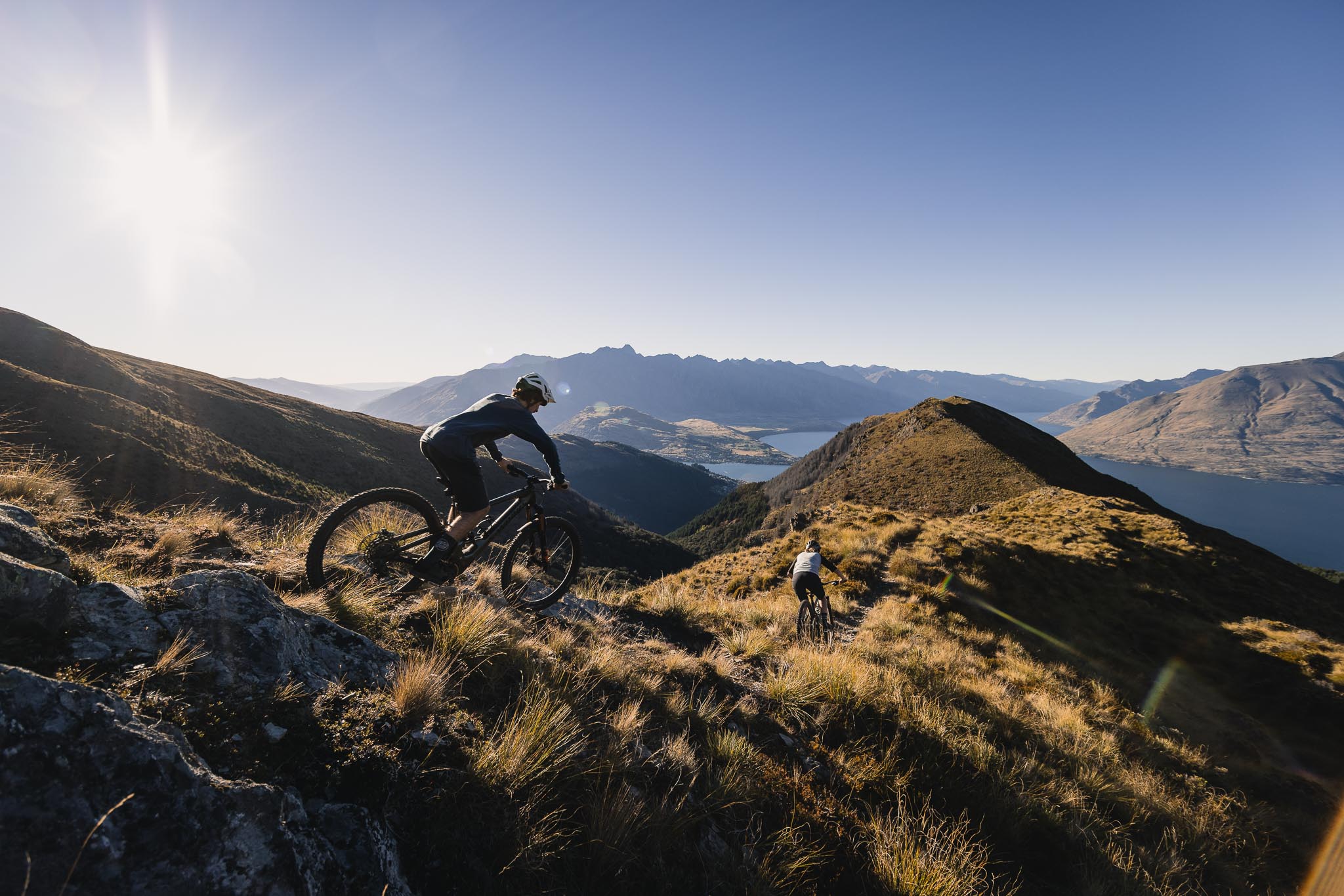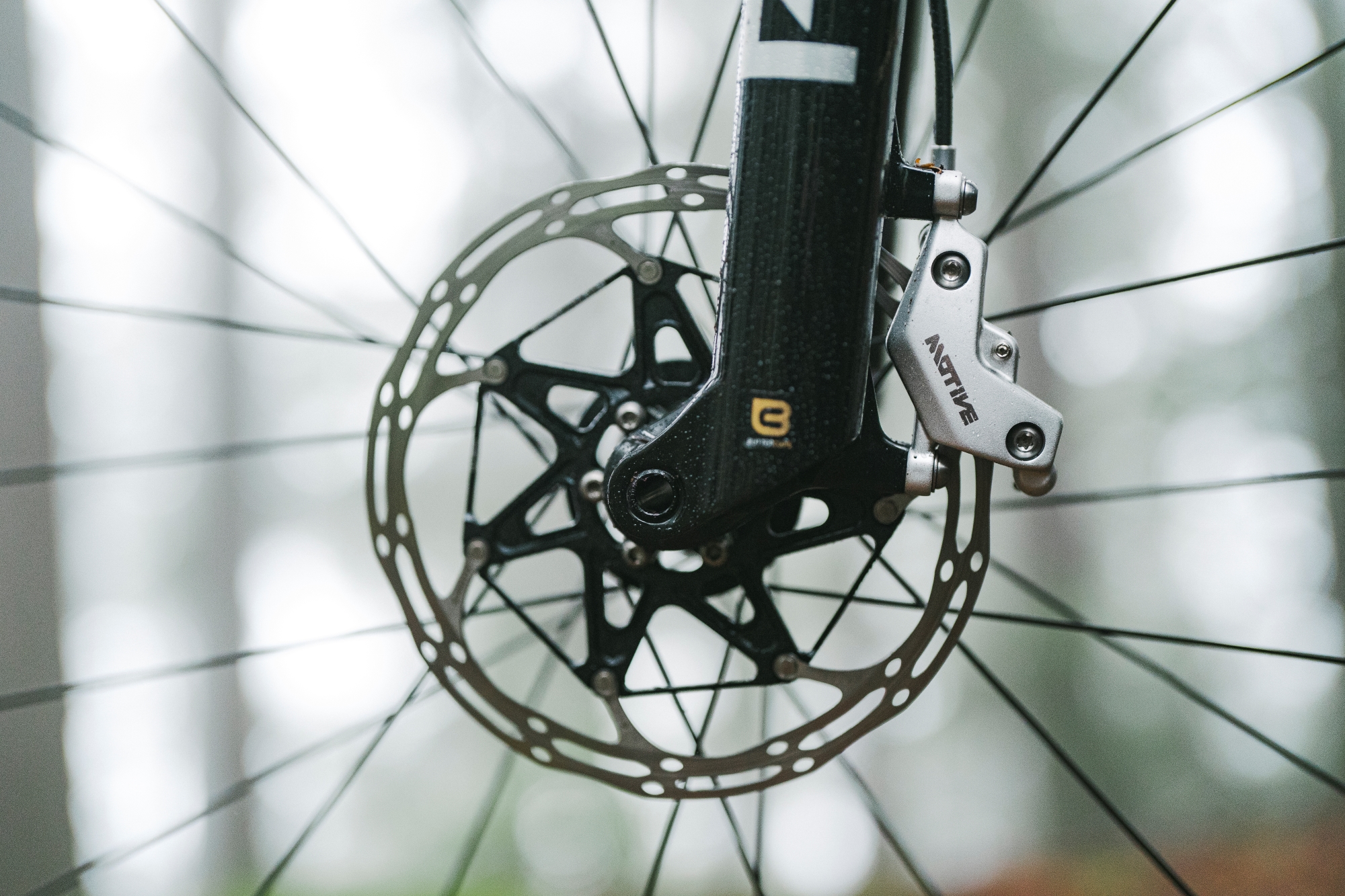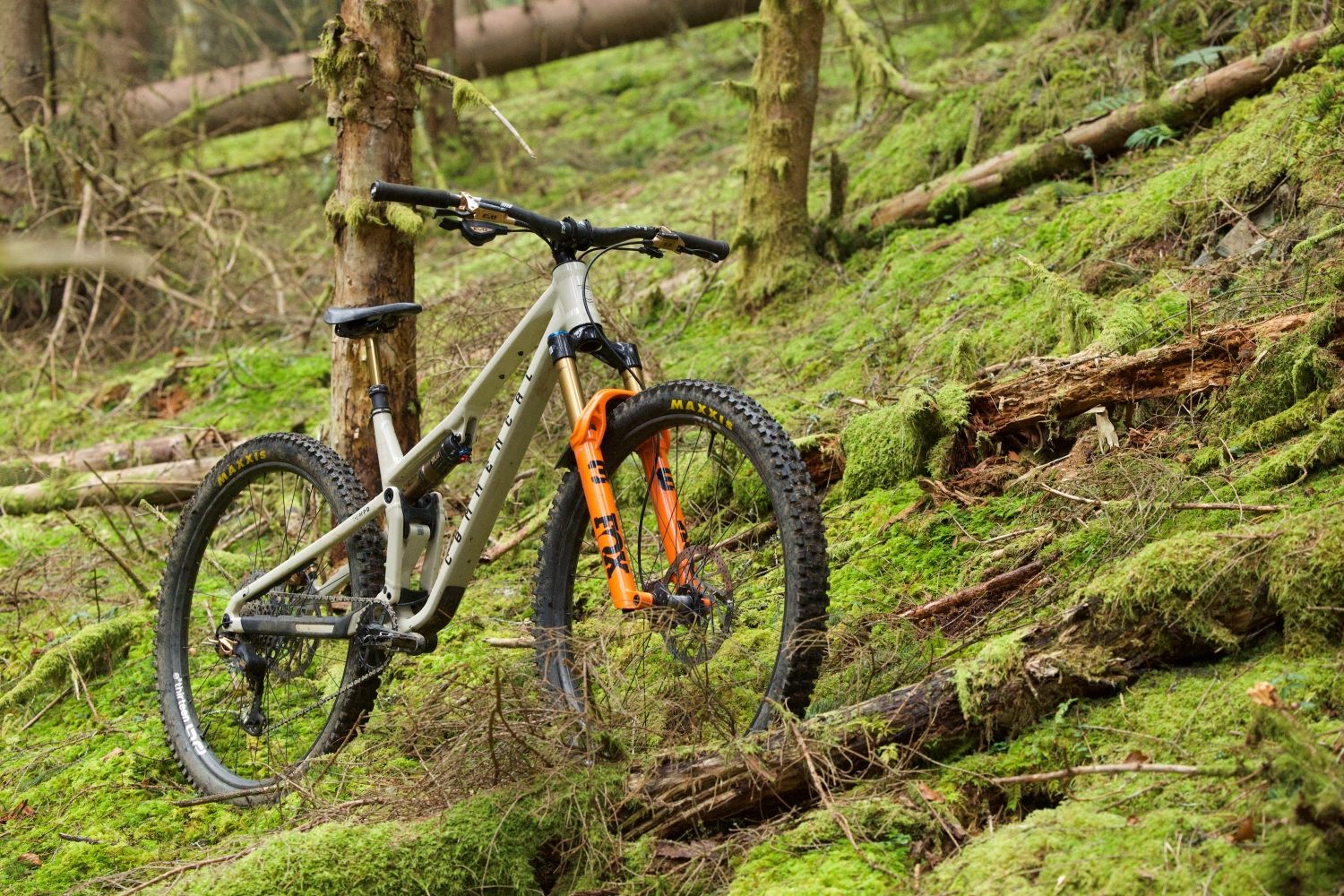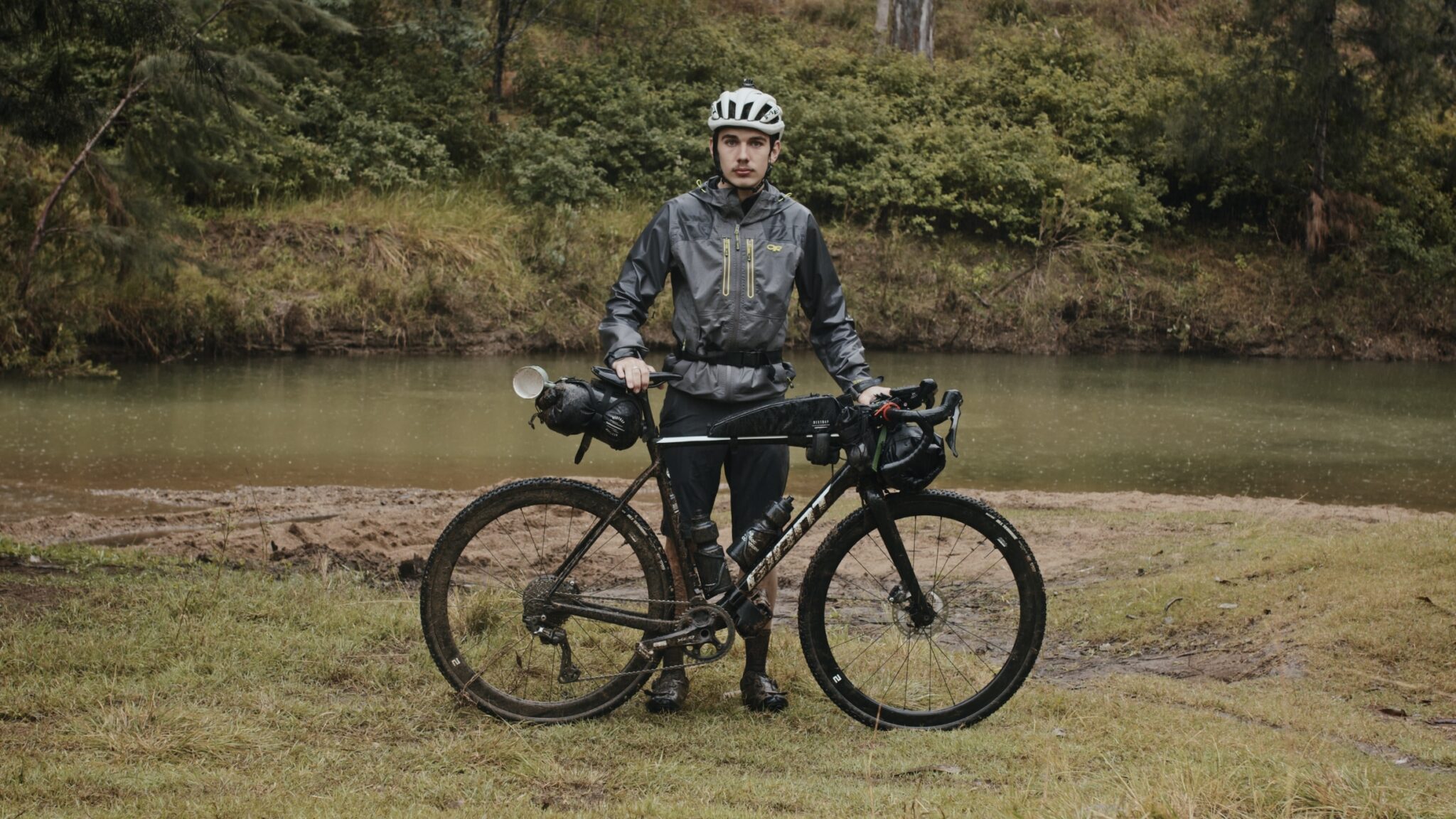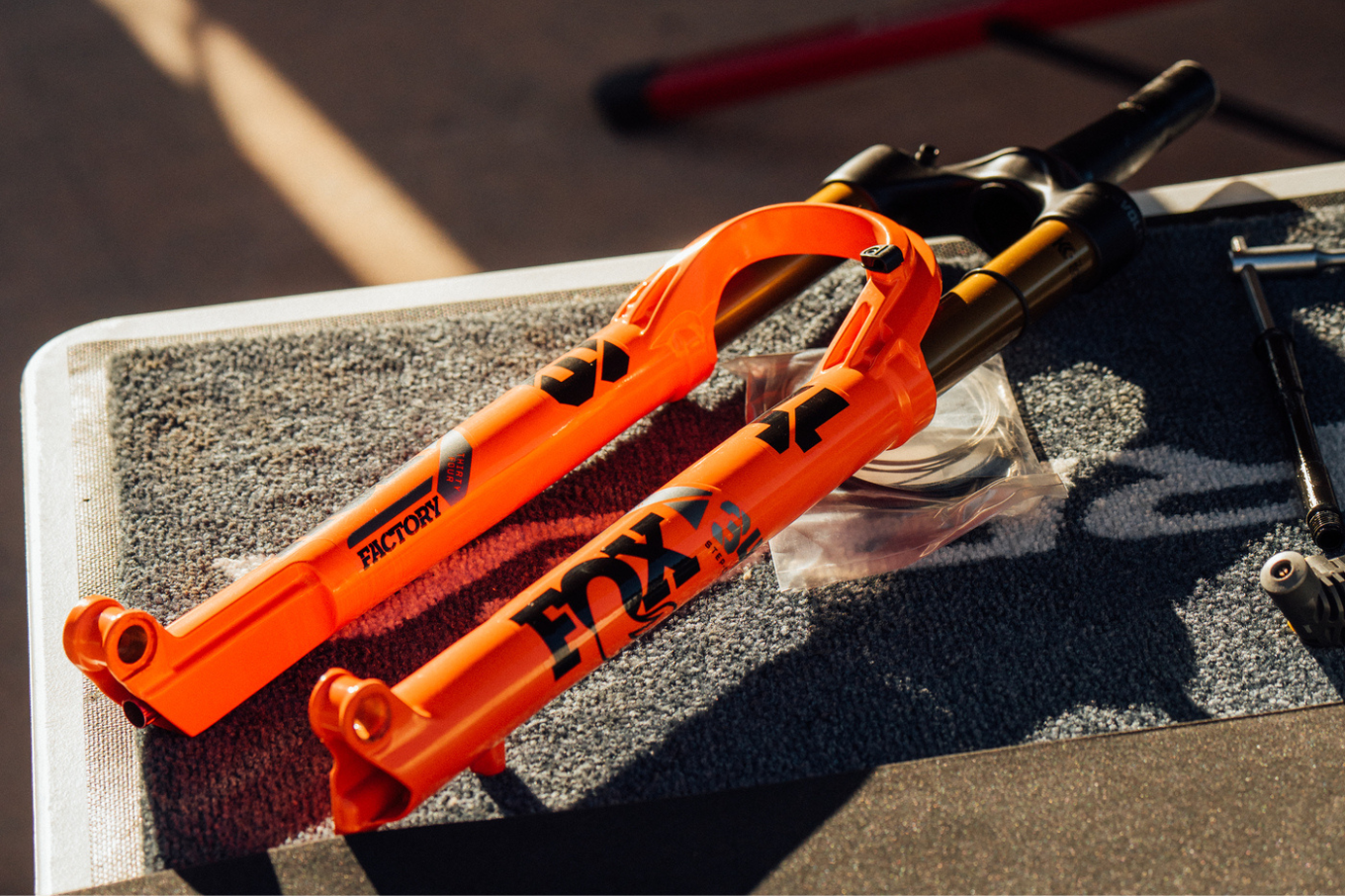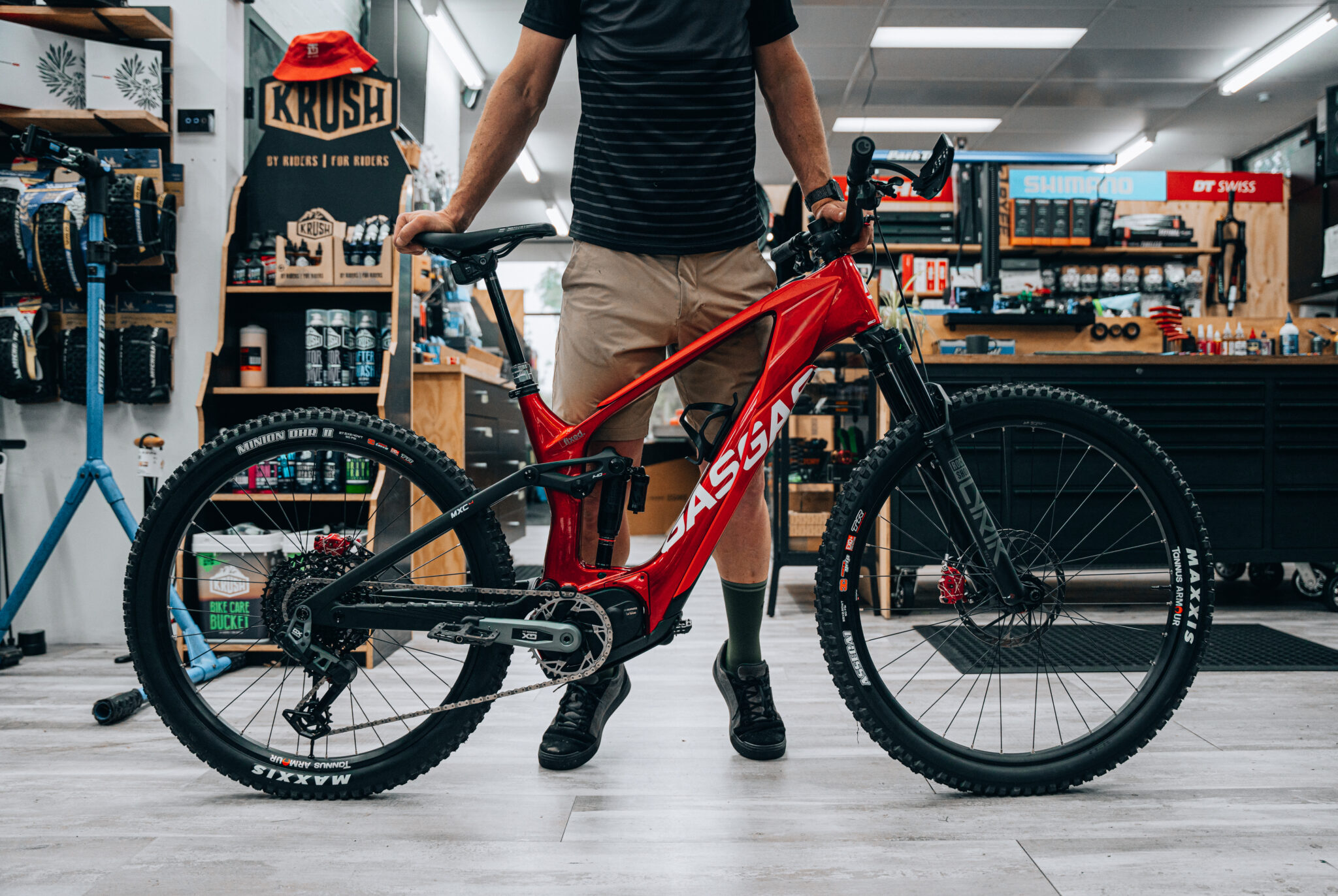The 6 best places to mountain bike in New Zealand
In anticipation of that next trip over the ditch, we've put together a guide on some of the best riding Aotearoa has to offer!
Words: Will Shaw
Photos: Cam Mackenzie
(Normally) New Zealand is a short plane trip away for east coast Australians. Whilst Rotorua and Queenstown get most of the attention, there’s plenty of other destinations with lots to offer for riders of all disciplines. In anticipation of that next trip over the ditch, I’ve put together a guide on some of the best riding Aotearoa has to offer!
Skyline Queenstown
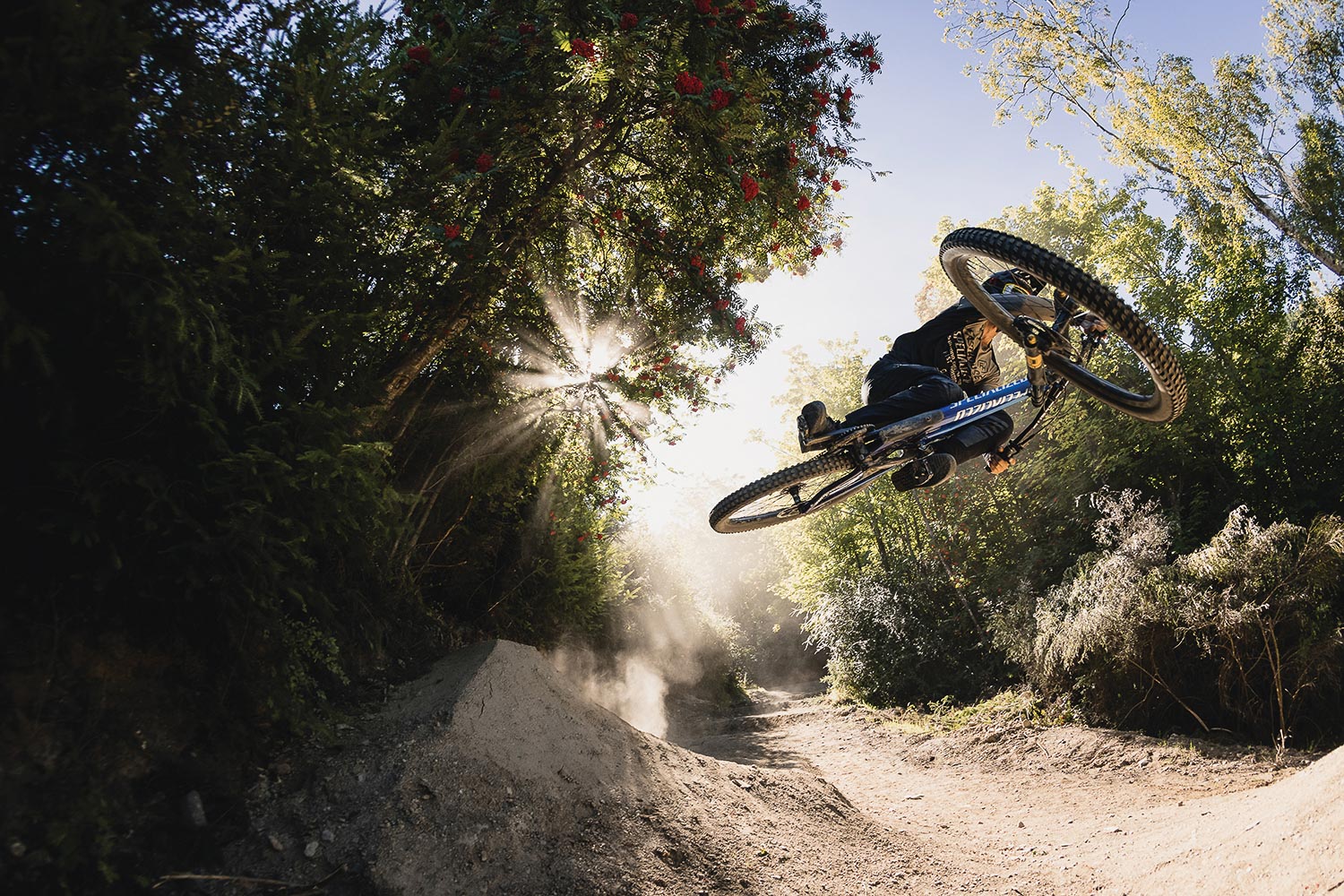
Queenstown is often referred to as the Whistler of the Southern Hemisphere, and it’s not hard to see why. With both summer and winter activities covered, a bike park that’s only a couple of minutes from the CBD, and over 1000 metres of descending on offer, it’s a place that doesn’t get boring quickly.
Skyline Queenstown is particularly popular with Australians, who can go from their home to riding over 30km of descending trails in the same day. There’s 450 metres of elevation gain offered by the gondola, and another 500ish vertical metres on offer if you’re willing to pedal higher.
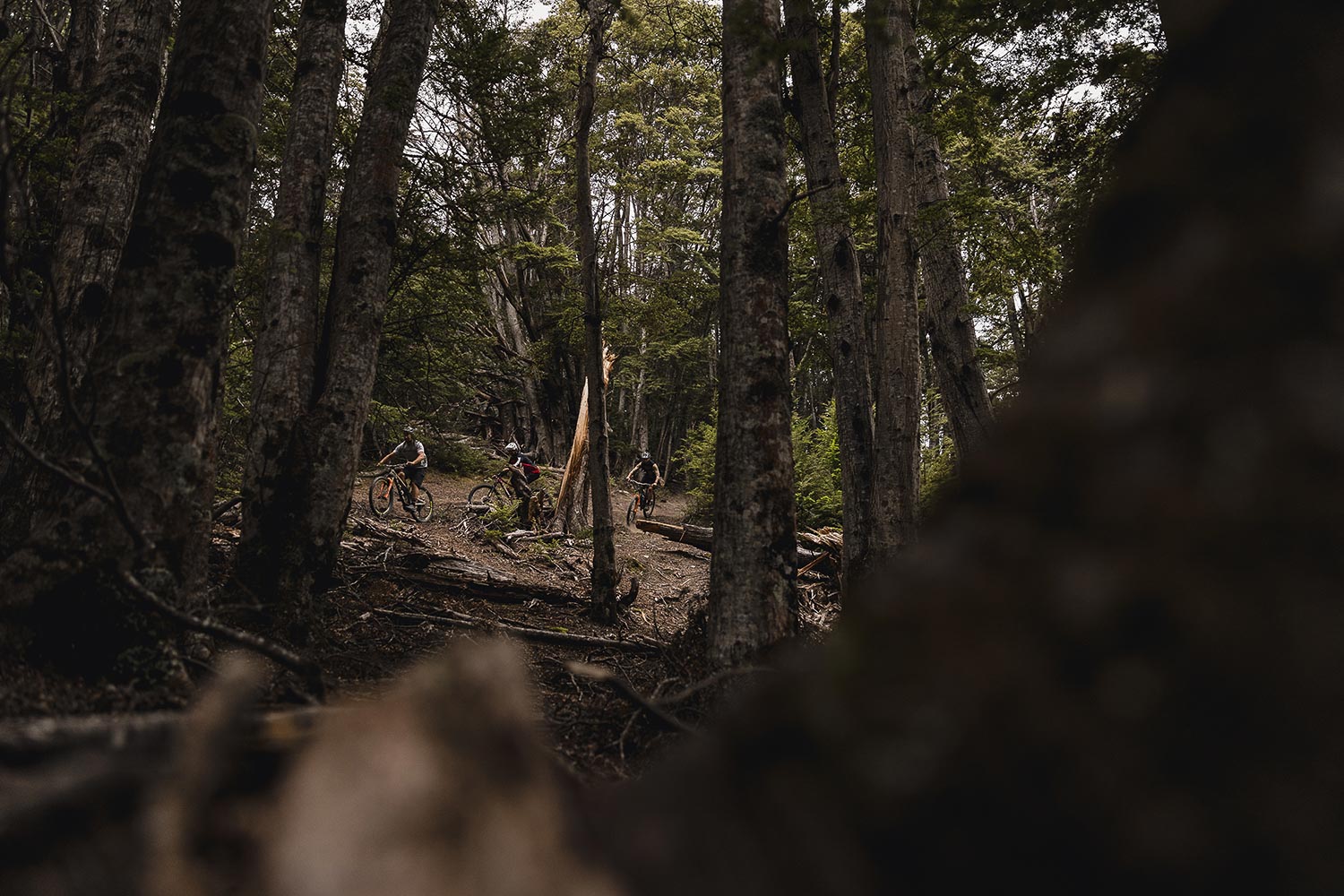
Whilst the Bike Park is situated in a Wildling Pine plantation, there’s amazing Native Beech riding on offer if you climb up to Lower Missing Link, or use Beeched As to access Salmon Run, which is a must ride if you’ve brought a trail or enduro bike. Not only does climbing out of the park give you access to amazing terrain, but you’ll also get the best views of The Remarkables and Lake Wakatipu.
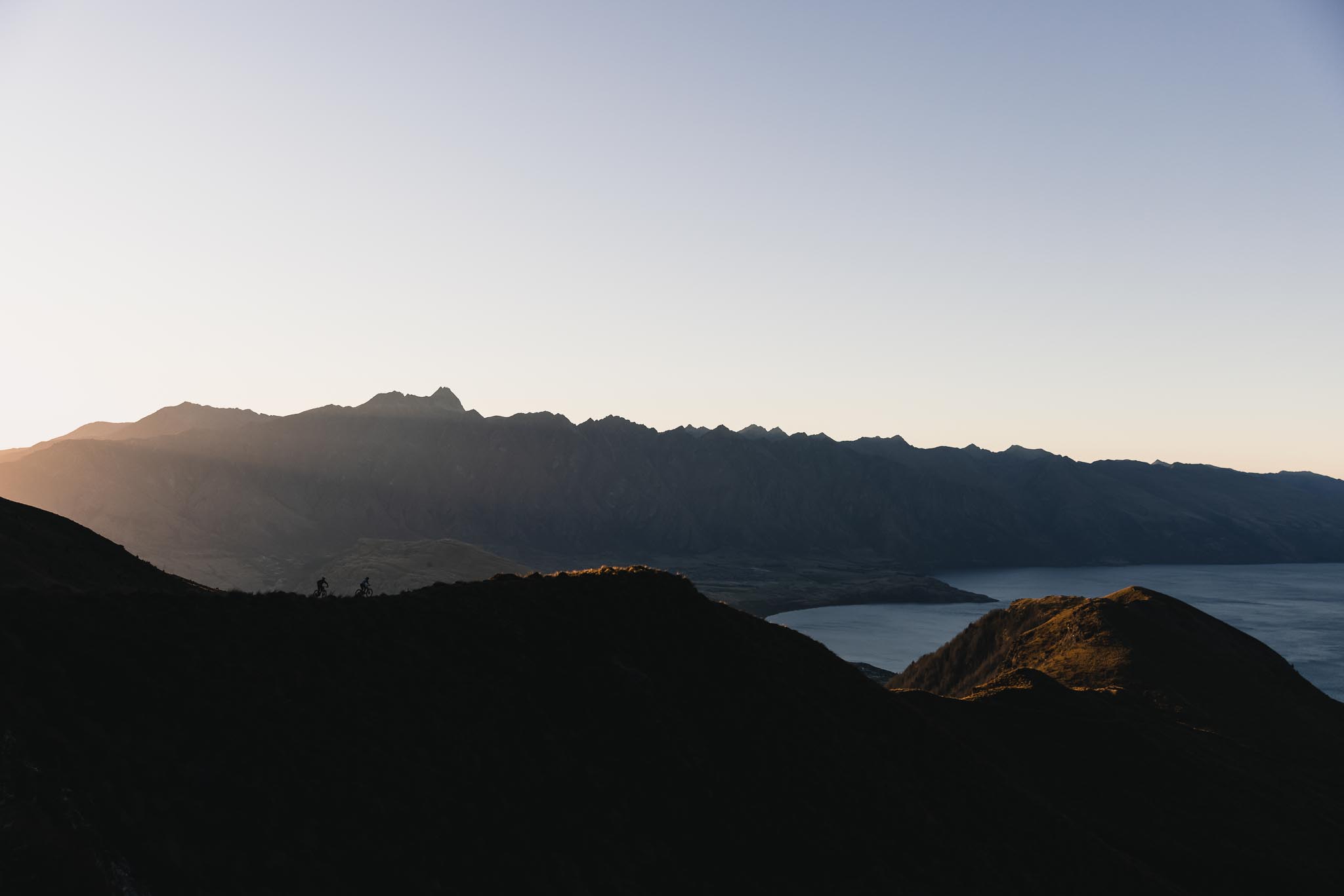
That’s not to say the riding in the Queenstown Bike Park isn’t World Class. Whether you’re into jumps, flow, or gnar, there’s top to bottom runs on offer for everyone. There’s a reason many professional riders spend a significant portion of their off season in Queenstown!
What to expect: Everything! The crew at Skyline Queenstown are all amazing riders and keep the trails in fantastic condition during the season.
What bike: The ideal bike is probably a longer travel enduro bike. There’s plenty of trails that suit shorter travel bikes, but a bigger bike will help you out on consecutive days in the park.
When to go: Skyline Queenstown’s mountain bike season goes from September to May, although there’s typically a two week shutdown over Christmas and New Year, as well as Easter when the tourists flock to Queenstown. October and April will maximise your chances of all time conditions.
Costs? Passes start at a six-run pass for $85 (a good option if you’re going to pedal out of the park), $110 for a day pass, and $249 for a 3-day pass.
AMB’s favourite trail: Squid Run. This blue top to bottom features a bit of everything and is a hoot on everything from a hardtail to a 170mm enduro bike.
Best meal out: There’s plenty of good places to eat in Queenstown. For breakfast or lunch, I’d recommend Bespoke Kitchen due to its proximity to the Bike Park, and for dinner Atlas or Yonder in town are good options.
Best place for a beer: Atlas Beer Café at Steamer Wharf is a must visit for mountain bikers. Not only is there the biggest variety of craft beers in Queenstown, there’s also hearty food, and Atlas have been supporting the Queenstown Mountain Bike Club (QMTBC) since the dawn of time.
Don’t miss: There’s heaps of other riding on offer in Queenstown. Coronet Peak are expanding their mountain biking offerings every summer, and their downhill track is an absolute cracker. Seven Mile just out of town is also well worth a visit.
Don’t forget: Take your full face helmet due to the high speeds and high consequences
Christchurch Adventure Park
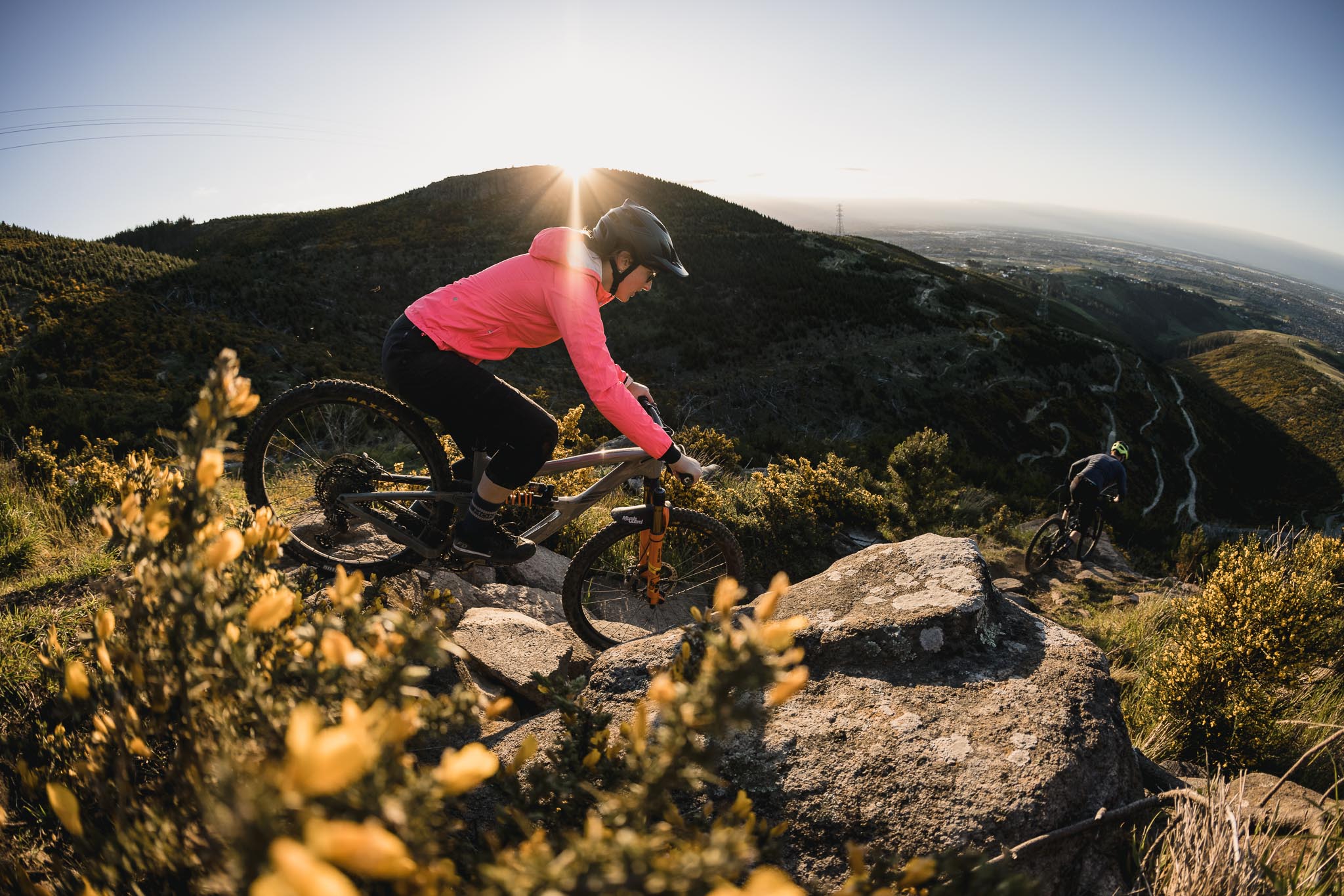
Christchurch Adventure Park (or CAP as it’s often called) is a world class bike park located 15 minutes from the CBD, and about 30 minutes from Christchurch International Airport. CAP features a chairlift that provides 435 metres of elevation, and there’s 44 trails to choose from on the way down.
For beginners and intermediate riders CAP has plenty to offer. Lord of the Possums is a popular blue flow trail, whilst there’s the option to ride green trails top to bottom for the less experienced rider. CAP also has a variety of terrain types, with fast, open trails on one side of the hill, and tighter trails in the trees on the other. There’s also the option to access the famous Victoria Park trails from the top of the lift, and then cut back into CAP at the bottom.
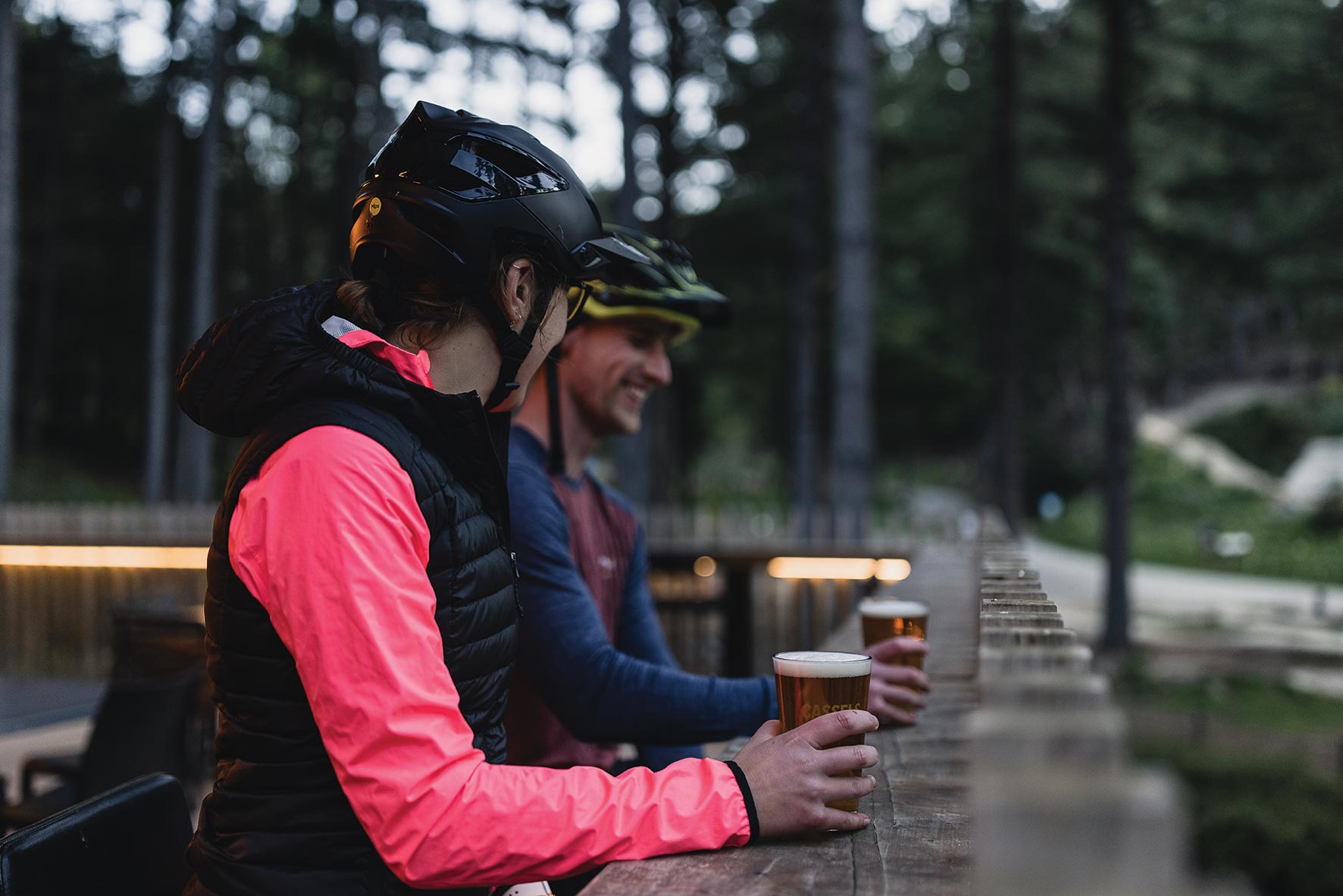
If you’re after gnar, there’s plenty to be had at CAP. The GC has been used for the New Zealand National Championships DH, and it’s a truly wild track that requires skills and commitment to nail the A lines. Other trails that provide plenty of challenges include Yoda with its janky tech and steep rock slabs, and trails like Addiction and 3rd Base in the woods.
There’s plenty of other great riding to be done in Christchurch, and you can access plenty of it from CAP. Alongside being right next to the Victoria Park trails, a short ride to the West is the Crocodile XC MTB Park, which is a popular stomping ground for one Anton Cooper.
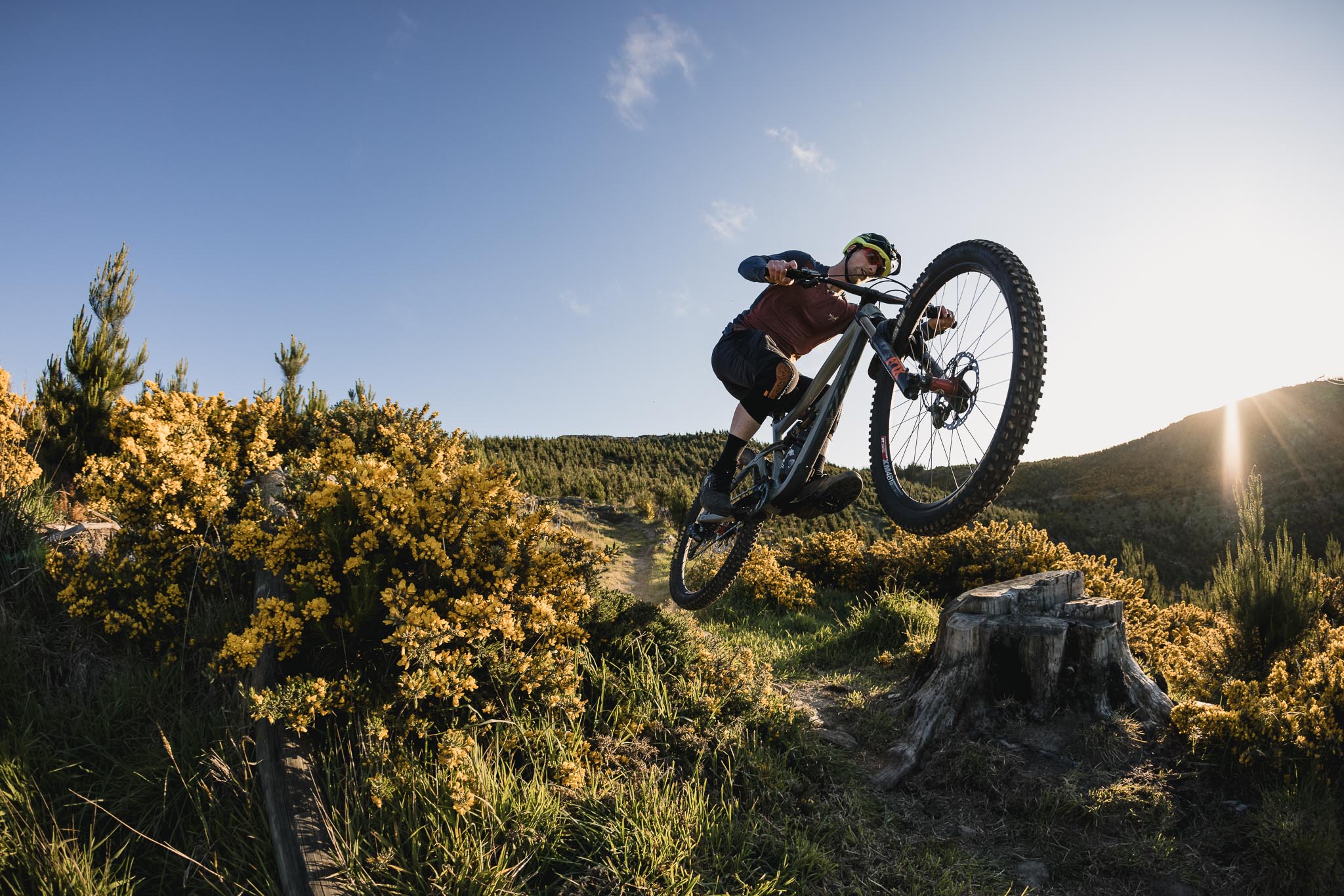
What to expect: There’s a real variety of terrain on offer at CAP and Christchurch in general. You can expect smooth flow trails, janky rock features, and classic New Zealand steeps.
What bike: A trail or enduro bike will allow you to ride the widest variety of trails, but there’s enough pure gravity riding that you’ll have a hoot on a downhill bike also.
When to go: CAP is open all year, but I’d aim for the shoulder months where you’re more likely to get top notch dirt quality.
Costs? Chairlift passes are $80 for a day, or the $160 for three consecutive days pass is a popular option.
AMB’s favourite trail: If you’re up for a technical challenge, Yoda is a unique descent with consecutive janky rock features. A longer travel bike is better suited to this trail.
Best coffee: The coffee and food at the park is pretty good, as is Sign of the Kiwi Café at the top of the park between CAP and Victoria Park.
Don’t miss: There’s heaps of other riding options in Christchurch, including the Haven Mountain Bike Park to the south of CAP, Akaroa to the East, and the Port Hills to the North.
Don’t forget: A full face is a good idea if you’re planning to get rowdy at CAP!
Rotorua
Rotorua is the only North Island destination on this list, but there’s no way it could be left out. Alongside Queenstown, Rotorua is a destination that I’d wager every Australian mountain biker has heard about, lusted over, or visited. Once serviced by direct flights from east coast capitals, Rotorua now requires a flight to Auckland followed by around a three-hour drive.
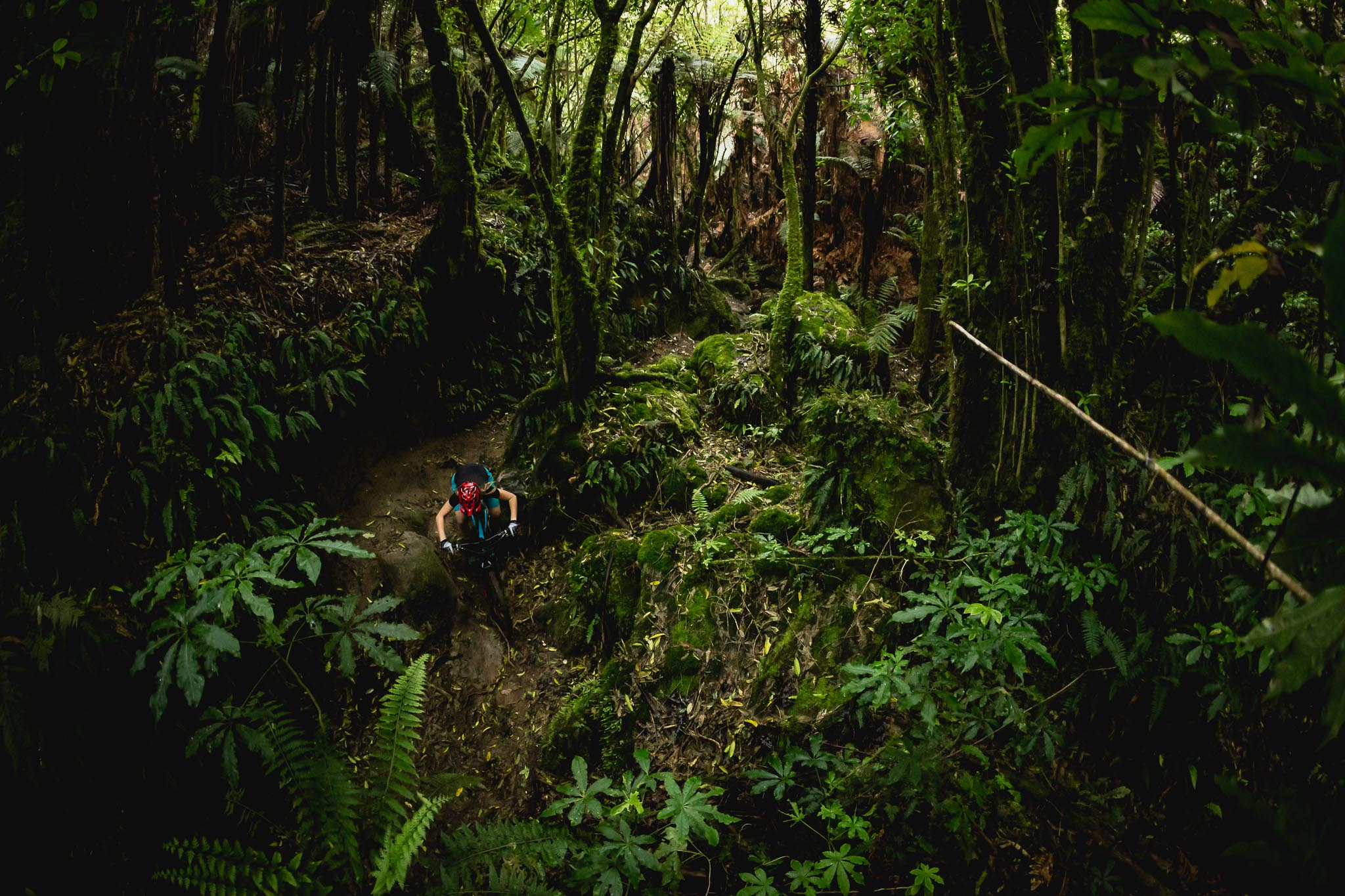
The main attraction is undoubtedly the Whakarewarewa Mountain Bike Park, located in the Redwoods Whakarewarewa Forest. With 180km of mountain bike trails on offer and 480 metres of vertical, it’s not only one of the best places in New Zealand to ride, but one of the best places in the world.
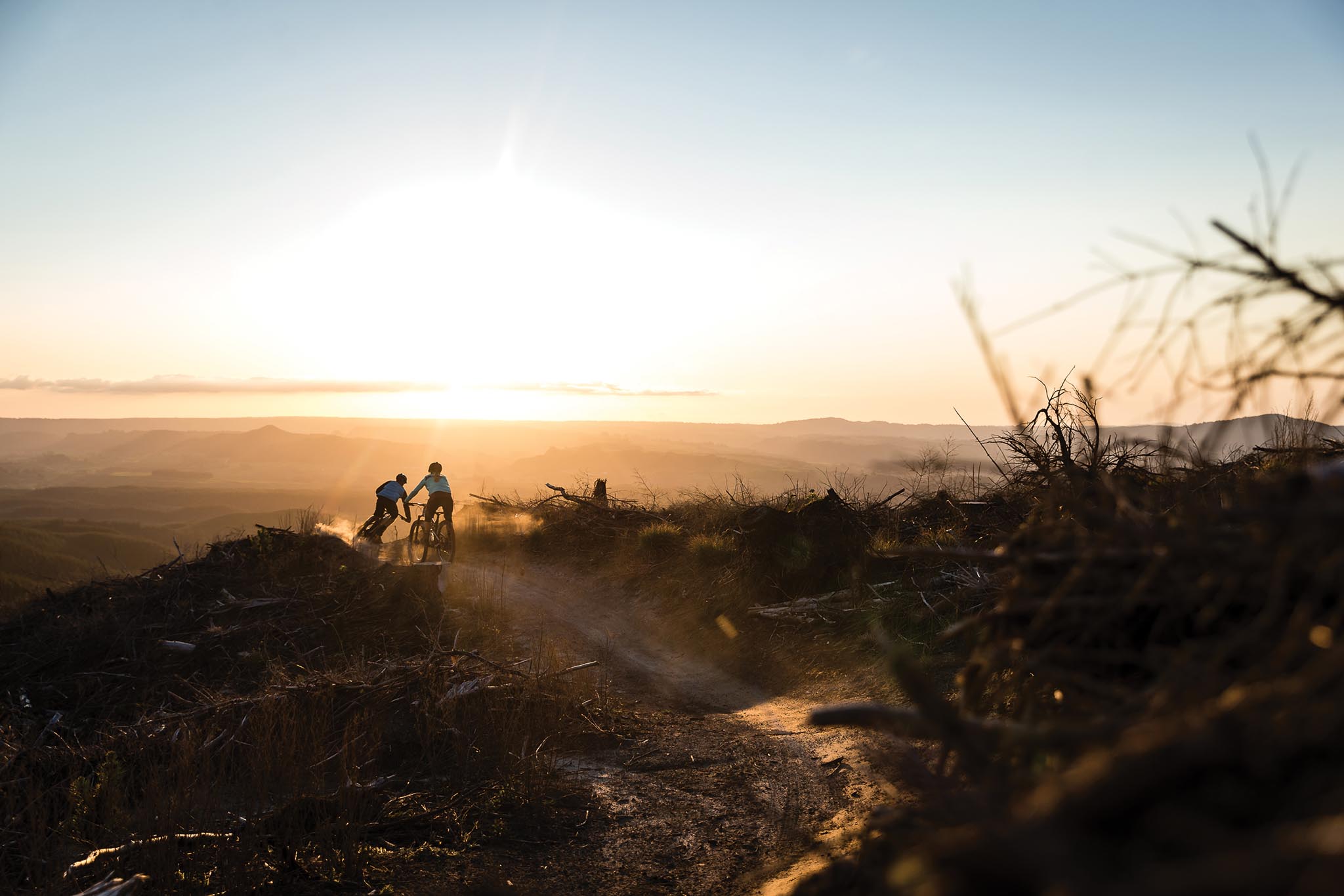
Rotorua has also played host to a round of the Crankworx World Series since 2015, and the event hub is Skyline Rotorua, which is located to the north of the town on the slopes of Mount Ngongotaha. There’s 12km of descending trails on offer, with 200 metres of elevation meaning it’s easy to get your laps up. It’s also home to the Crankworx Rotorua Slopestyle course, which needs to be seen to be believed.
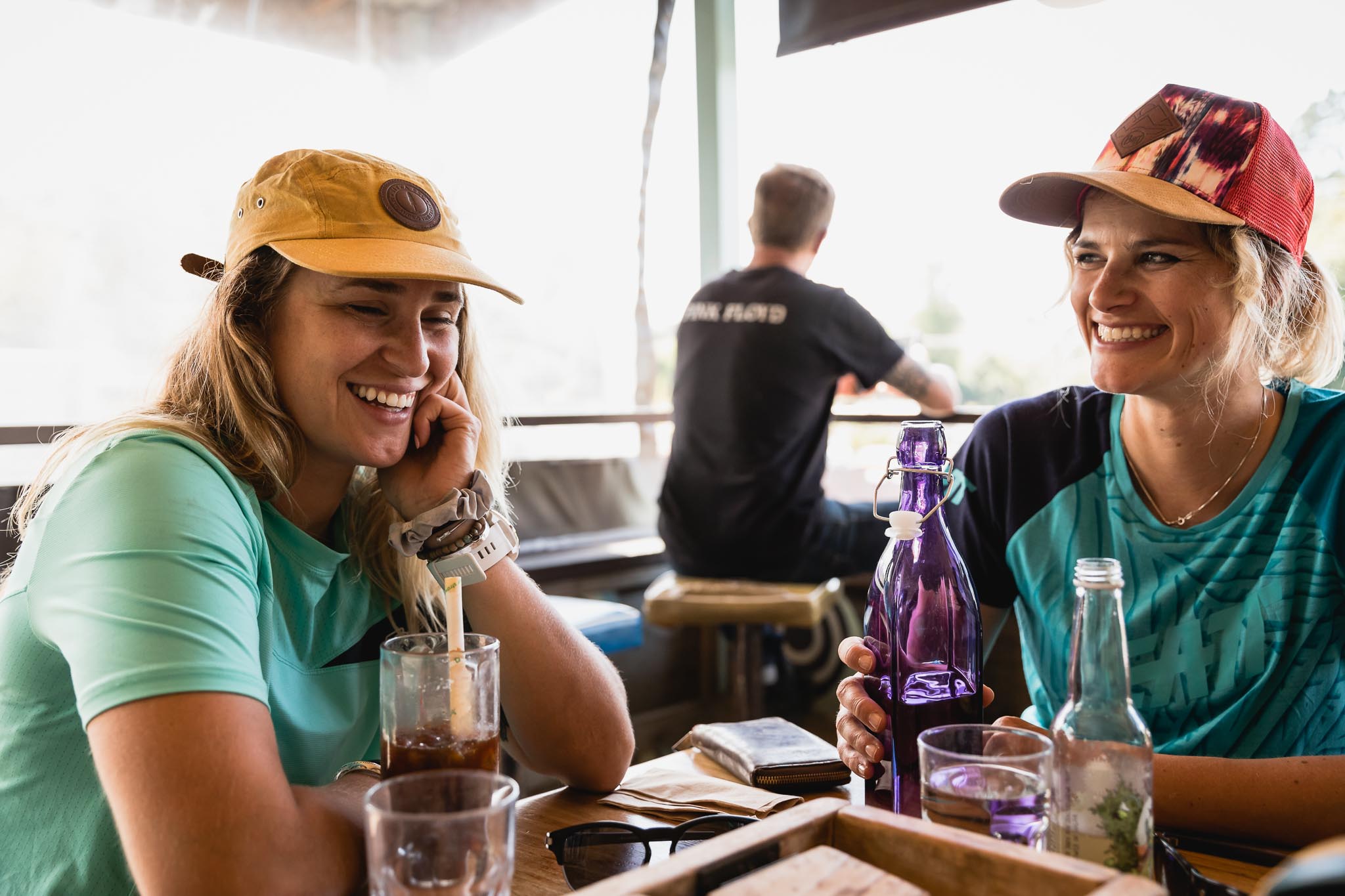
What to expect: Rotorua has something for everyone, from XC riders to trail riders and those who just want to shuttle descents.
What bike: You can bring any bike to Rotorua and have a good time. If I had a choice, I’d go with a 150mm trail bike.
When to go: Both the Redwoods and Skyline Rotorua are rideable year-round.but the shoulder seasons are underrated when it comes to riding trips in New Zealand.
Costs? At Skyline Rotorua 15 uplifts will set you back $69, and 40 uplifts will set you back $130. In the Redwoods, pass pricing goes from $10 for a single uplift, to $125 for a 20-lift pass. You can pedal up for free in the Redwoods.
AMB’s favourite trail: Most of Rotorua’s network will have you feeling like an absolute weapon, such is the quality of the trail building that enables you to maintain flow. Kataore is the opposite of this. It was the trail that stumped the best riders in the world back at the 2015 EWS, and it’s a must ride if you enjoy a technical challenge.
Best meal out: Zippy Central Bar & Café has always served me well, with hearty feeds and quality coffee.
Don’t miss: Rotorua is sometimes referred to as the Māori Capital, and the city has plenty of fantastic cultural offerings for when you’re not riding.
Don’t forget: Your swimmers. Lake Tikitapu is a great spot for a post ride dip in the hotter months.
Craigieburn
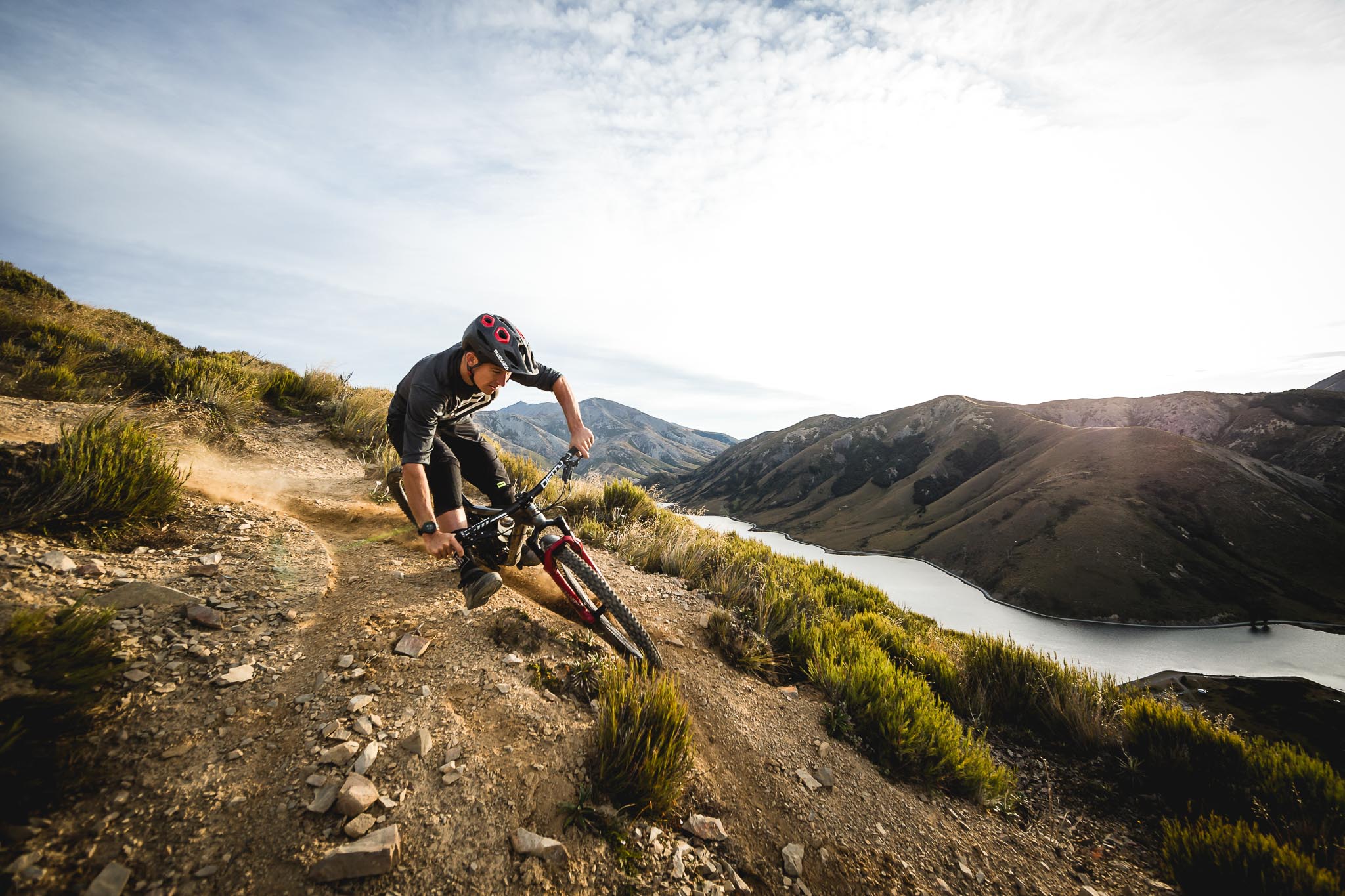
Craigieburn is a hidden gem when it comes to New Zealand riding. While places like Queenstown and Rotorua steal the limelight, if you did a straw poll of Queenstown locals plenty of them would say their favourite places to ride are Cragieburn and Nelson.
Located around two hours from Christchurch in the centre of the South Island, Cragieburn has some of the best Native Beech riding in New Zealand. If you haven’t ridden in a Beech Forest, it’s some of the loamiest, softest soil going around. The network of roots in Beech forests also allow for natural doubles and guaranteed sketchy moments in the wet.
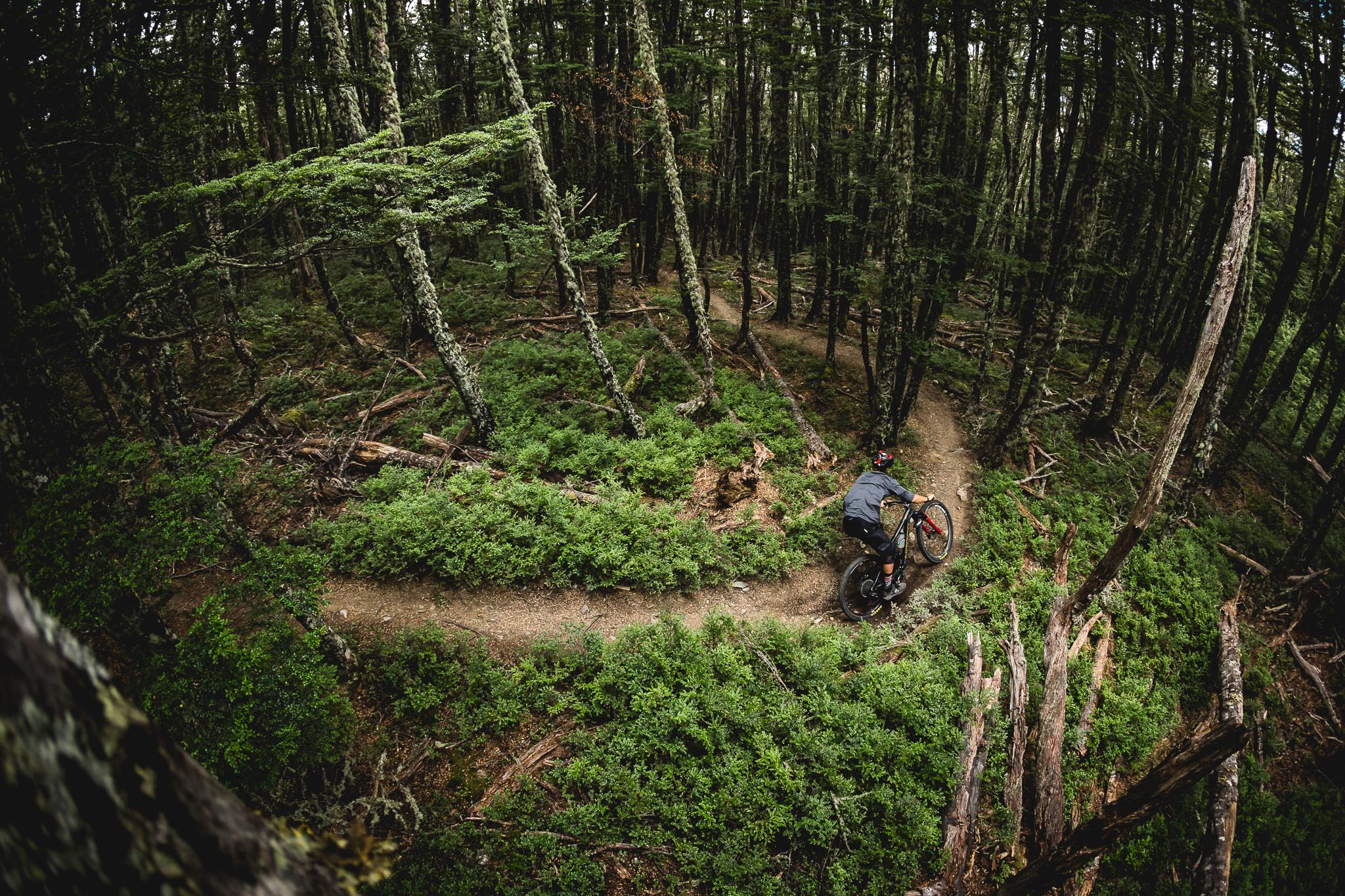
At Craigieburn the must do run starts at the iconic Edge track (which involves traversing a steep scree slope) straight into Luge, which might just be New Zealand’s best trail riding experience. One thing to note when riding Cragieburn is that you’re in a remote area, so plenty of spares, a first aid kit, and an emergency plan are a must.
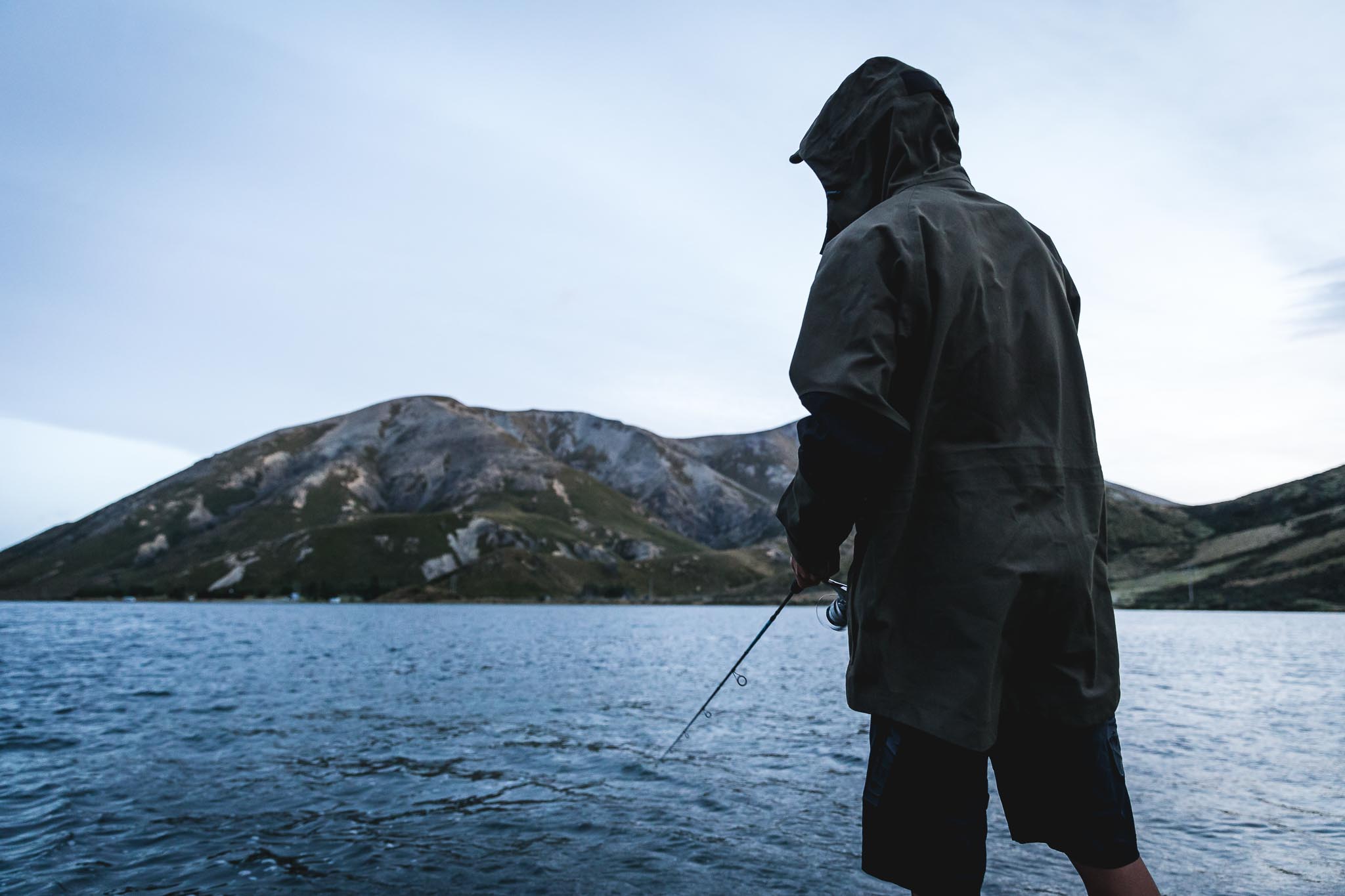
What to expect: Craigieburn is mainly an up and down riding area, but there are some undulating trails also. As Craigieburn is situated in the mountains, be prepared for all weather eventualities.
What bike: A trail or enduro bike would be the preferred option for Craigieburn’s long and technical descents.
When to go: Due to its high elevation, the Craigieburn riding area is best ridden in summer. If you’re a fan of skiing, the area is also a must visit in winter, with three different ski fields near one another.
Can I shuttle? Not really. You could start your day at Flock Hill Lodge and get picked up at Castle Hill or vice versa, but to get to the big descents you’ll have to earn your turns.
AMB’s favourite trail: Edge into Luge. This Craigieburn classic combo starts off on an ultra-exposed scree slope, before dropping into some of the best Native Beech riding you’ll find in New Zealand.
Best accommodation: Castle Hill or Flock Hill would be the best places to stay to ride Craigieburn and surrounds.
Don’t forget: Extra spares, extra layers, and a first aid kit are always a good idea for high alpine riding.
Nelson
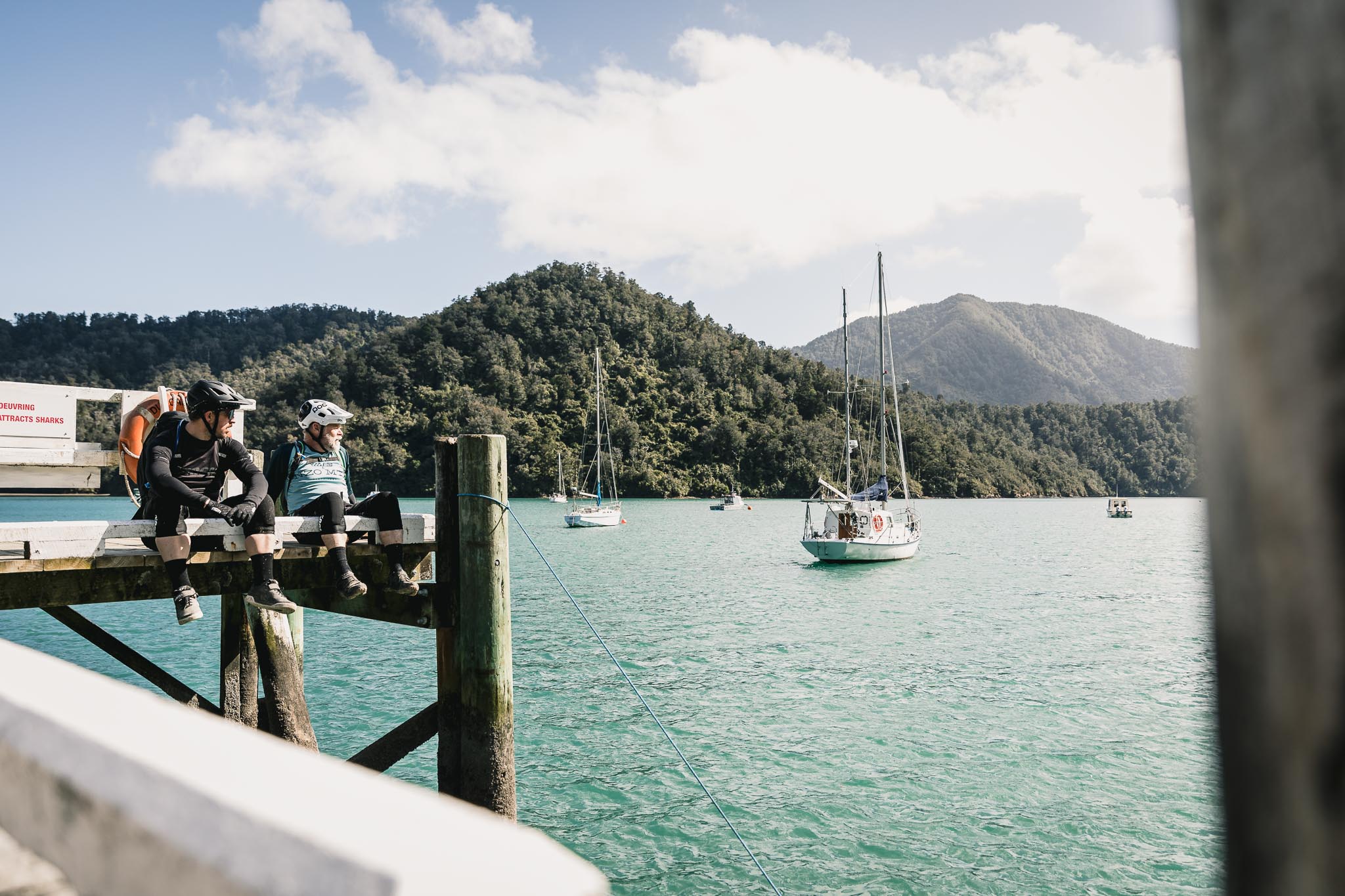
Located at the top of the South Island, Nelson is an absolute must ride. A quick look at Trailforks will show you that there’s trails everywhere in the sunniest place in New Zealand, with plenty of elevation to boot.
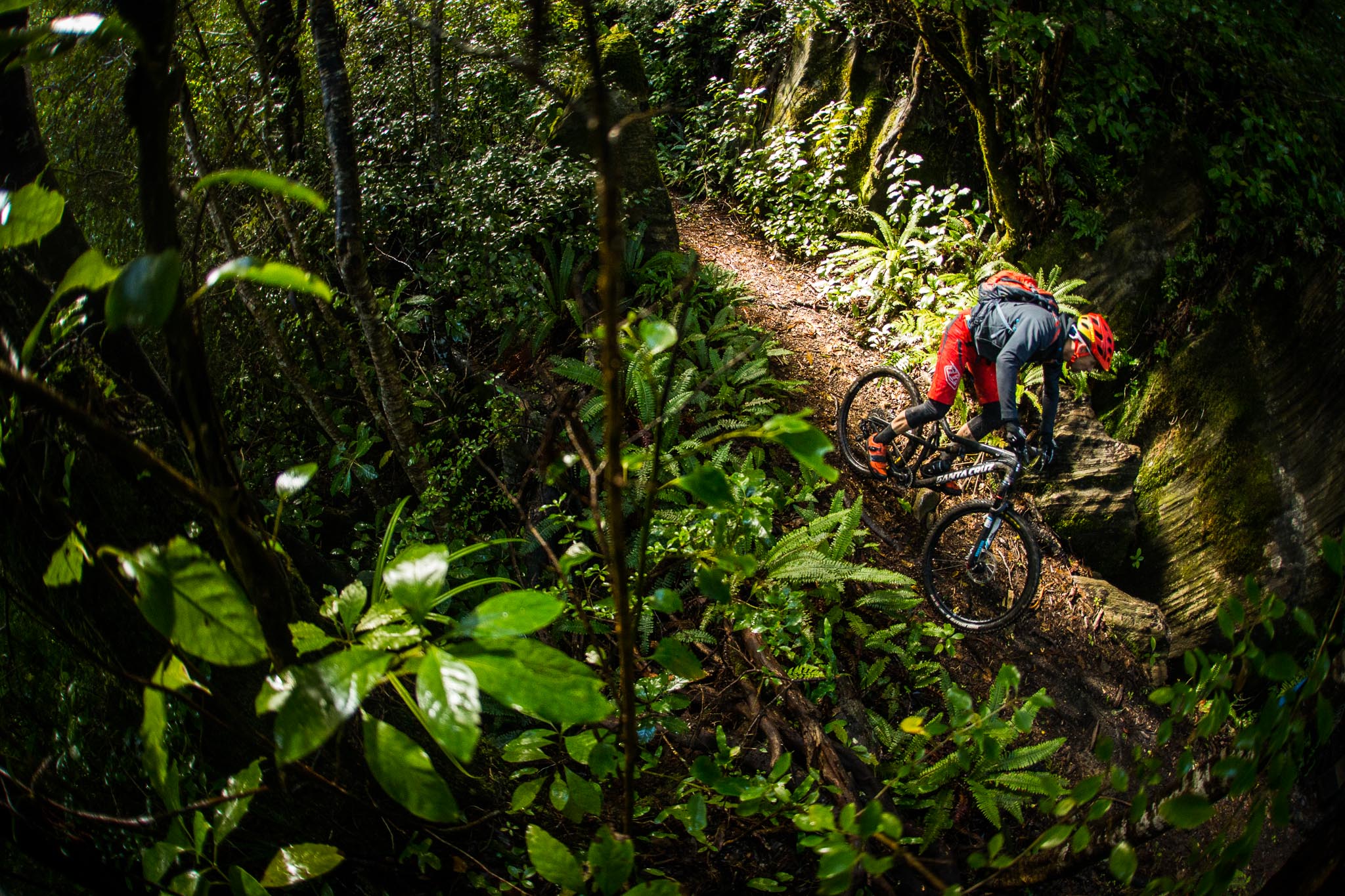
If you fancy yourself as a good rider of raw, technical trails, make Nelson your next riding trip. A word of warning, some of the Nelson red trails are some of the gnarliest trails I’ve ridden (or walked down, or slid down on my bum, or thrown my bike down and climbed down) anywhere. Mutleys and Peaking Ridge are two that spring to mind, and they’re usually tackled at the end of a big day when you’re cooked.
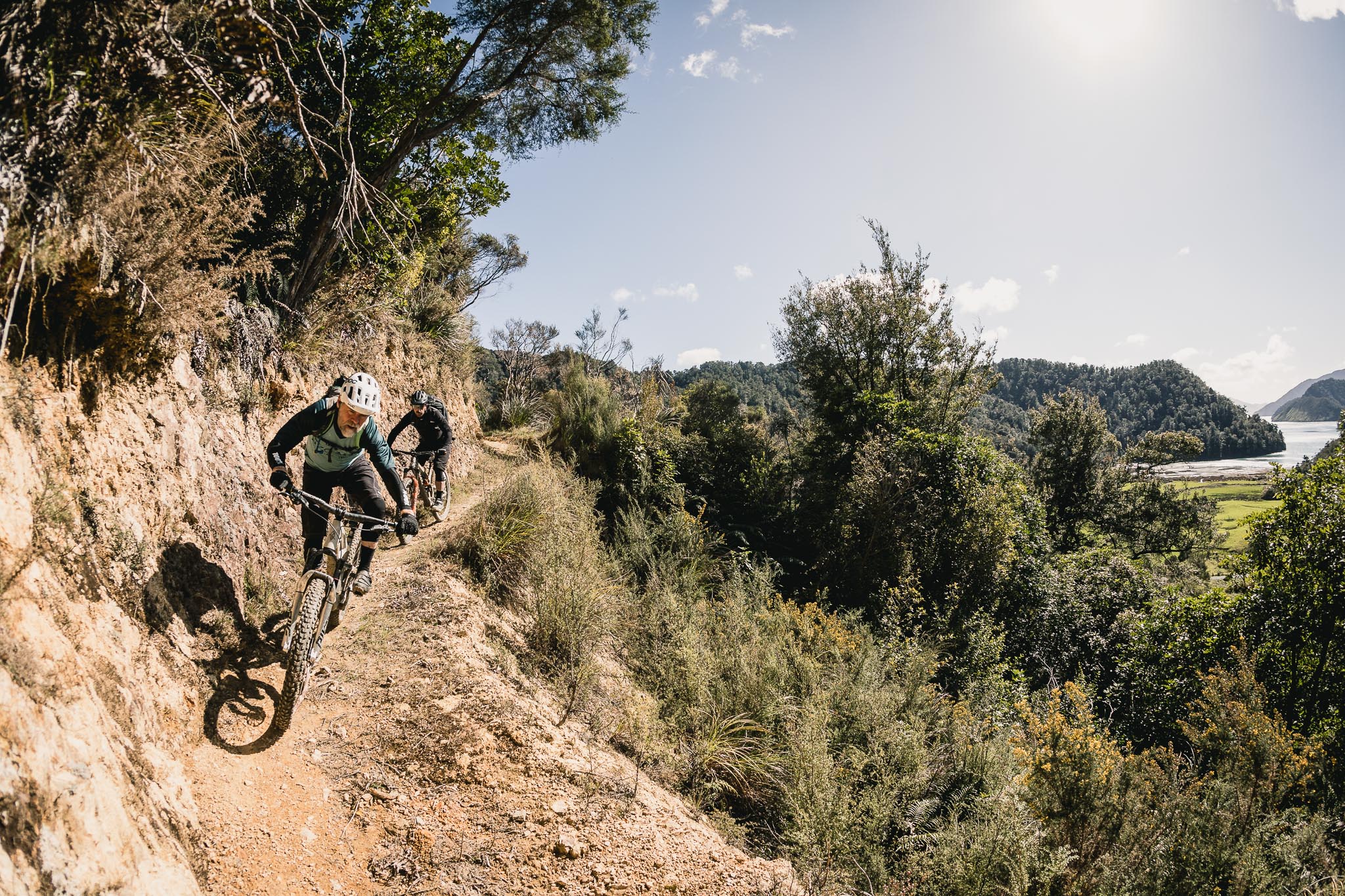
There’s also Wairoa Gorge on offer about an hour out of town. ‘The Gorge’ has over 70km of world class singletrack, with almost 1000 vertical metres of descending on offer with each lap. Wairoa Gorge is a shuttle only, pay per ride operation, and it’s worth checking out their website early If you’re planning a trip to Nelson, as they’re often booked out.
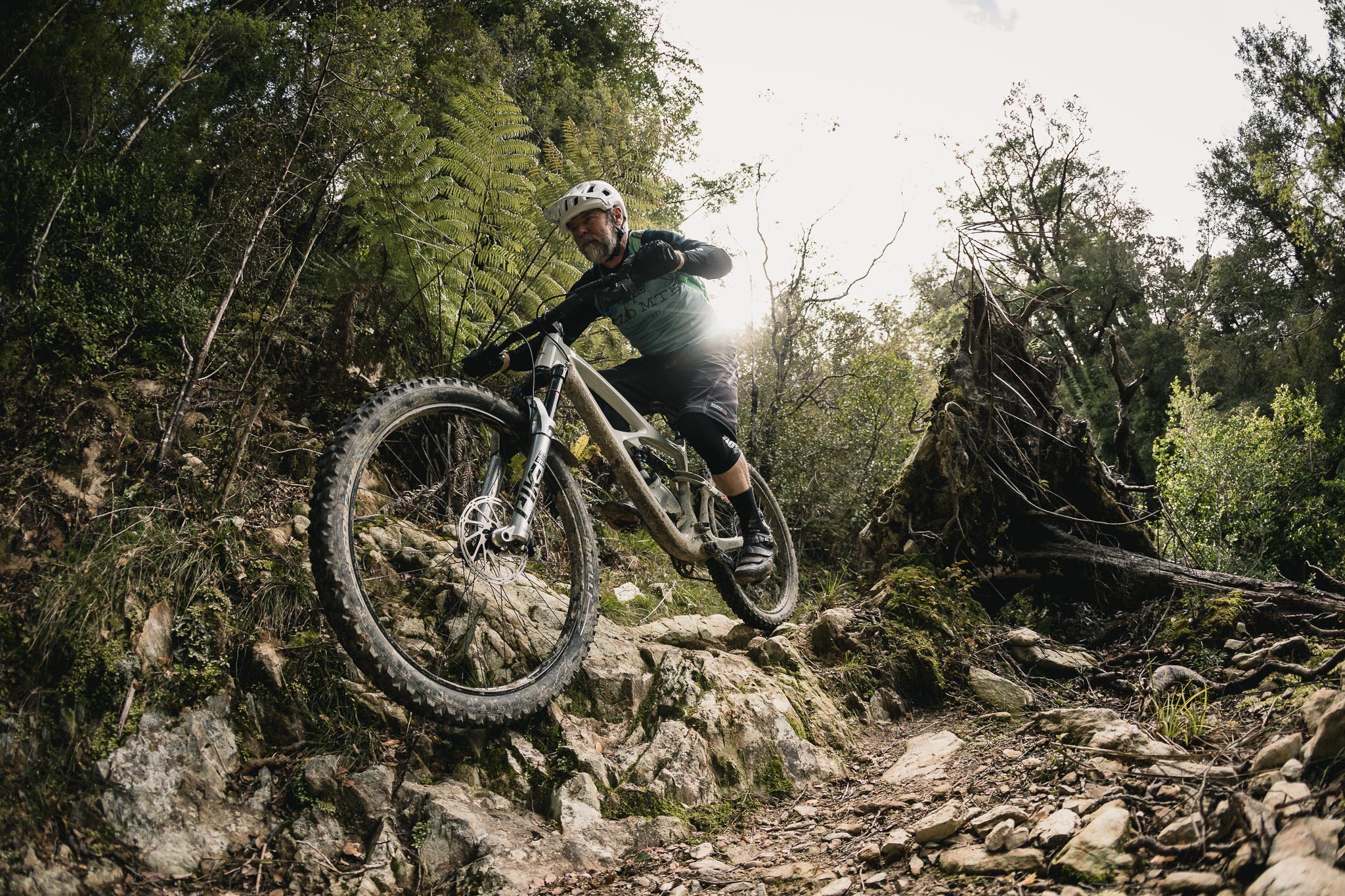
What to expect: There’s riding for every type of mountain biker in Nelson, but the real gems are descending trails reached by long access road climbs. If you want to be riding black and red descents, bring a long travel enduro bike.
What bike: If you’ve got the choice and you’re there for the descents, a longer travel trail or enduro bike is a good idea.
When to go: Nelson is a year-round riding destination, although I’d probably give winter a miss as the already tricky trails become infinitely harder in slick conditions.
Can I shuttle?: You can’t shuttle privately, but some of the trails are shuttled for racing or by the mountain bike club. Check out the Nelson Mountain Bike Club website for more information.
AMB’s favourite trail: This is a tough one, as Nelson has lots of iconic descents that go on and on. Keyboard Warrior into Maitai Face is a classic that doesn’t require multiple hours to reach, and the meandering climb makes lapping an easier proposition than other Nelson trails.
Best place for a beer: Sprig + Fern are a Nelson craft brewery who’re pretty popular in New Zealand, and there’s no place to get it fresher than the source.
Don’t miss: Wairoa Gorge! If you can get yourself there, it’s well worth the day trip.
Don’t forget: Emergency essentials and packing for big days. Many of the iconic Nelson descents have 500+ metres of vertical climbing to reach them, and they’re a fair way from any services, so extra food, water, and emergency amenities are a good idea.
Central Otago (Alexandra and Clyde)
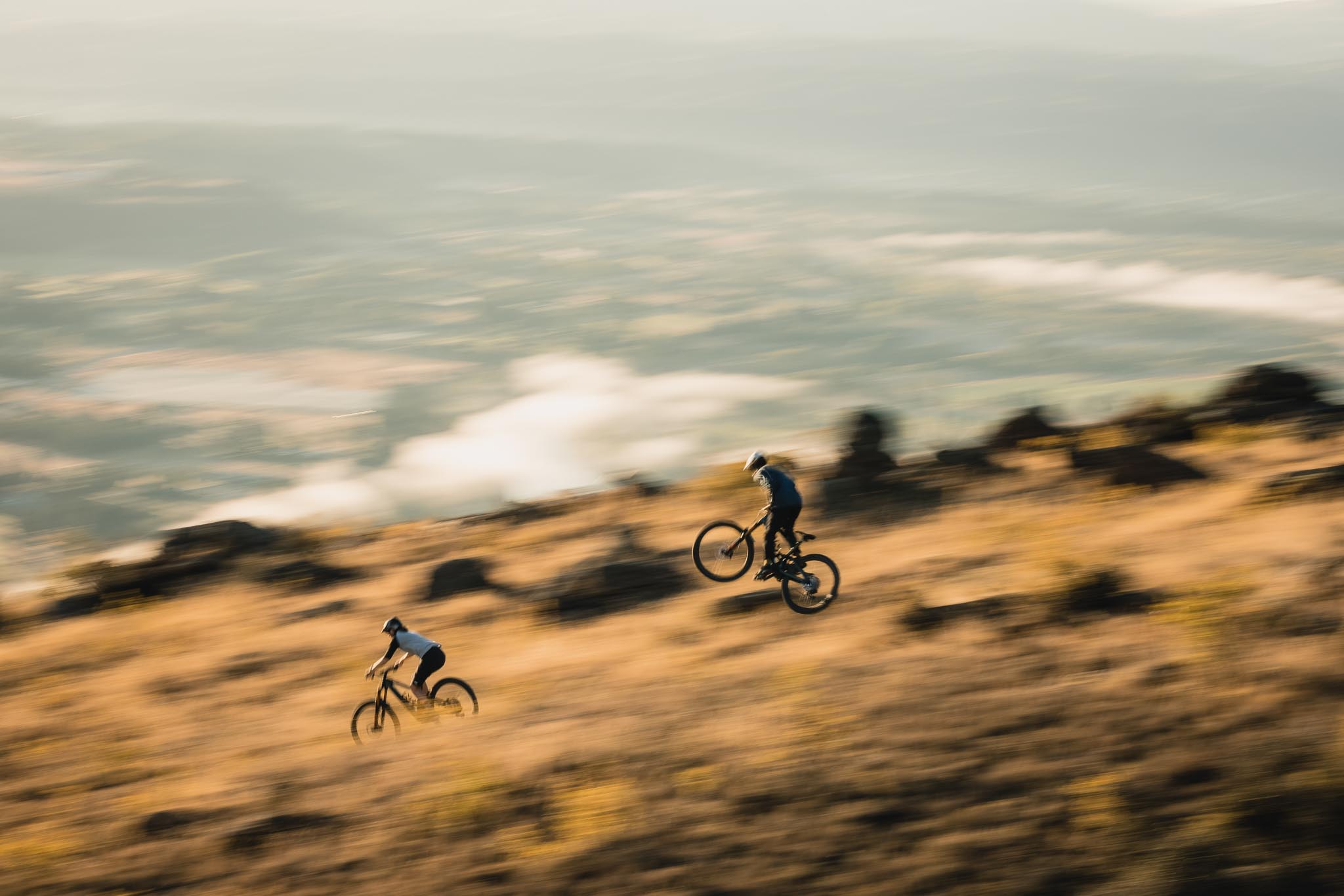
Just one hour’s drive from Queenstown, Alexandra (Alex) is another hidden gem when it comes to riding in New Zealand. Kiwis love letting you know how unique Alexandra is, and whilst it’s a far cry from the riding everywhere else, some of the rock armoured, janky classics such as Hazard County remind me of Sydney’s janky rock ledges and grippy sandstone. One thing that is unique is the ever-present thyme on Alex’s trails, which makes every ride a very pleasant sensory experience.
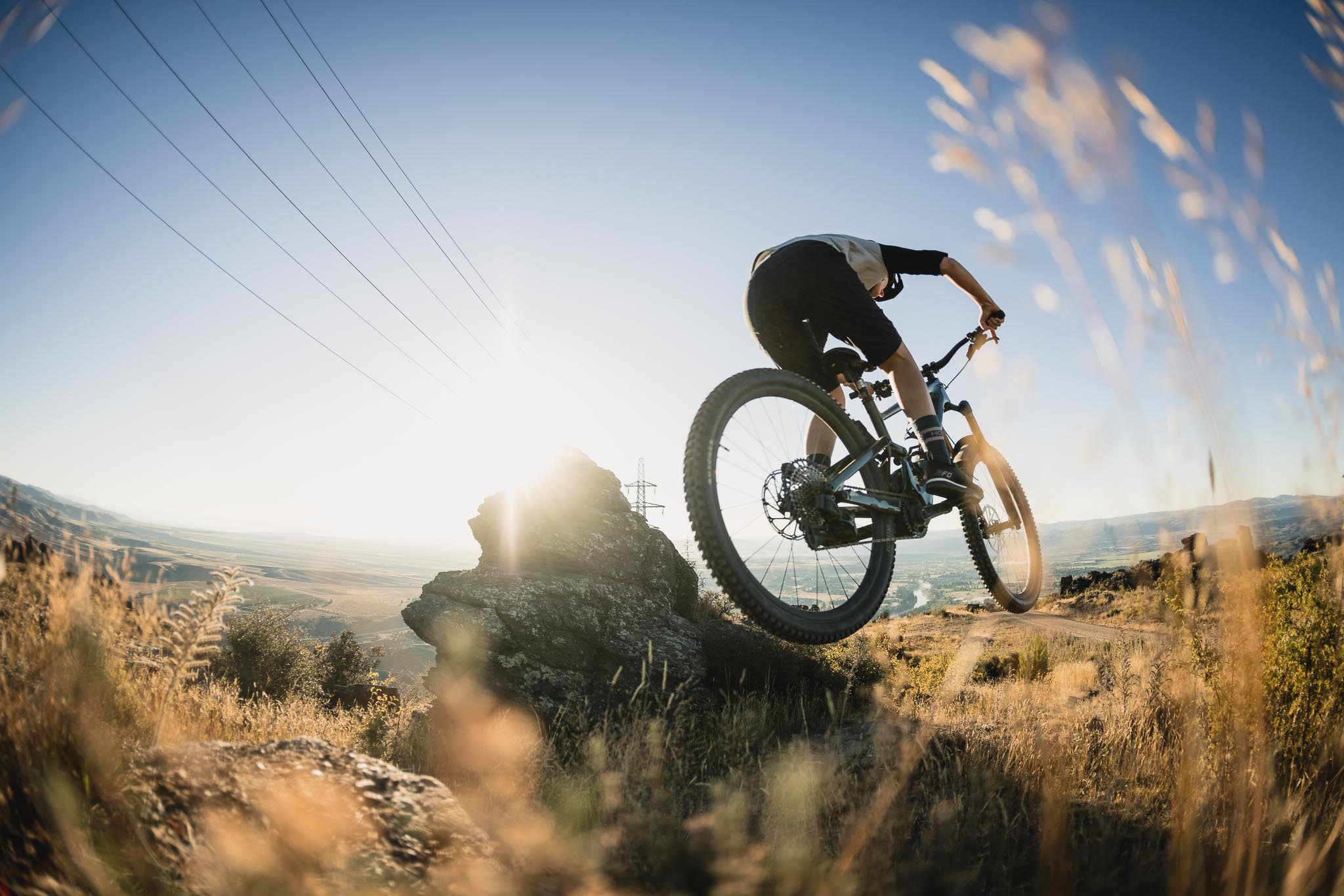
For years the trails located on Maitangi Station have been somewhat of an underground affair, but the landowner is now seeking to turn the trails into a legitimate mountain bike park.
As a sign of just how high quality the riding is in Alexandra, Crankworx have made it a stop on their Crankworx New Zealand Summer Series and are hosting a Super D race at Maitangi Station Mountain Bike Park.
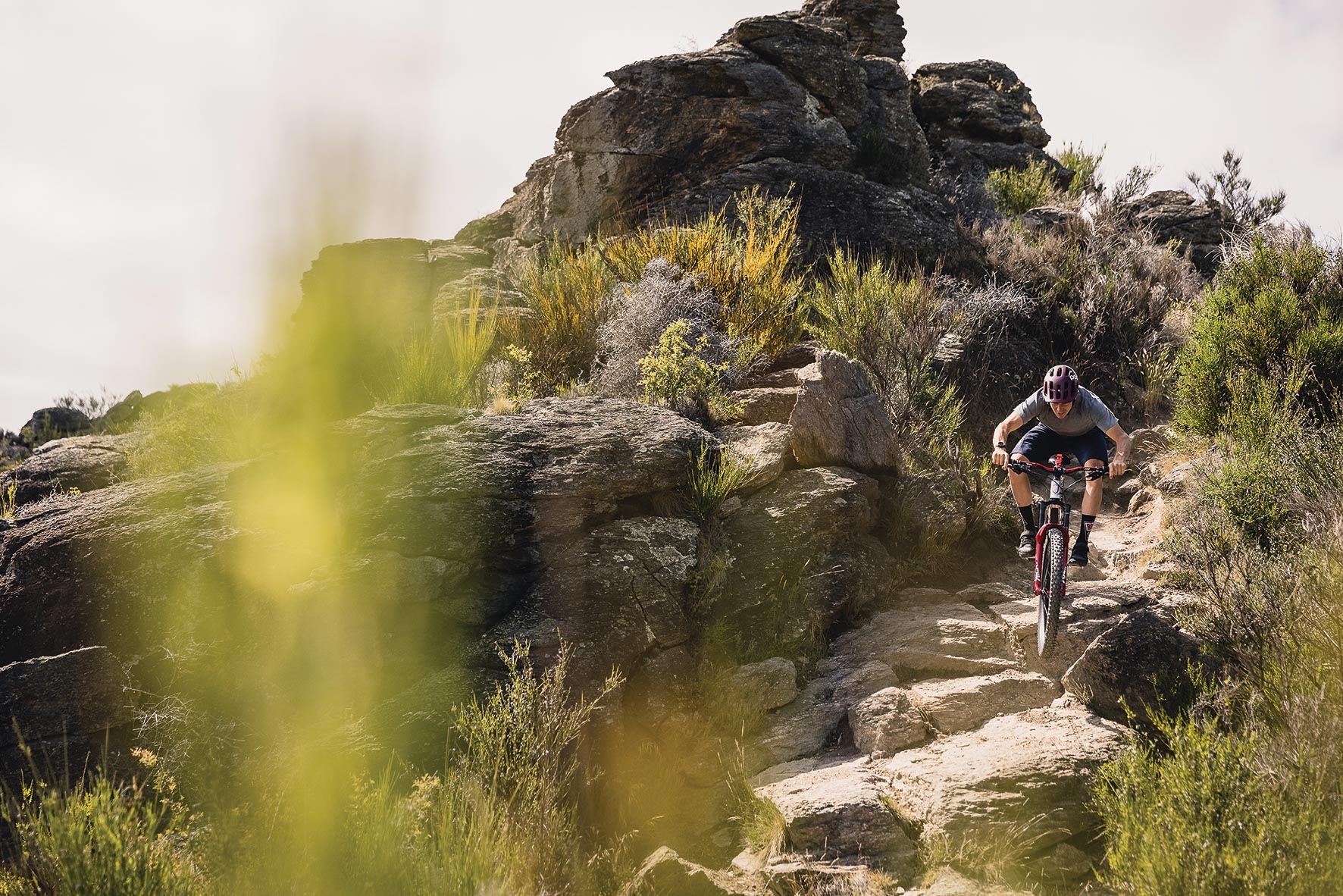
If you’re into more adventure and rail trail riding, Alexandra is the hub to accessing Central Otago’s three great rides. These are the Otago Central Rail Trail, the Roxburgh Gorge Trail, and the Clutha Gold Trail.
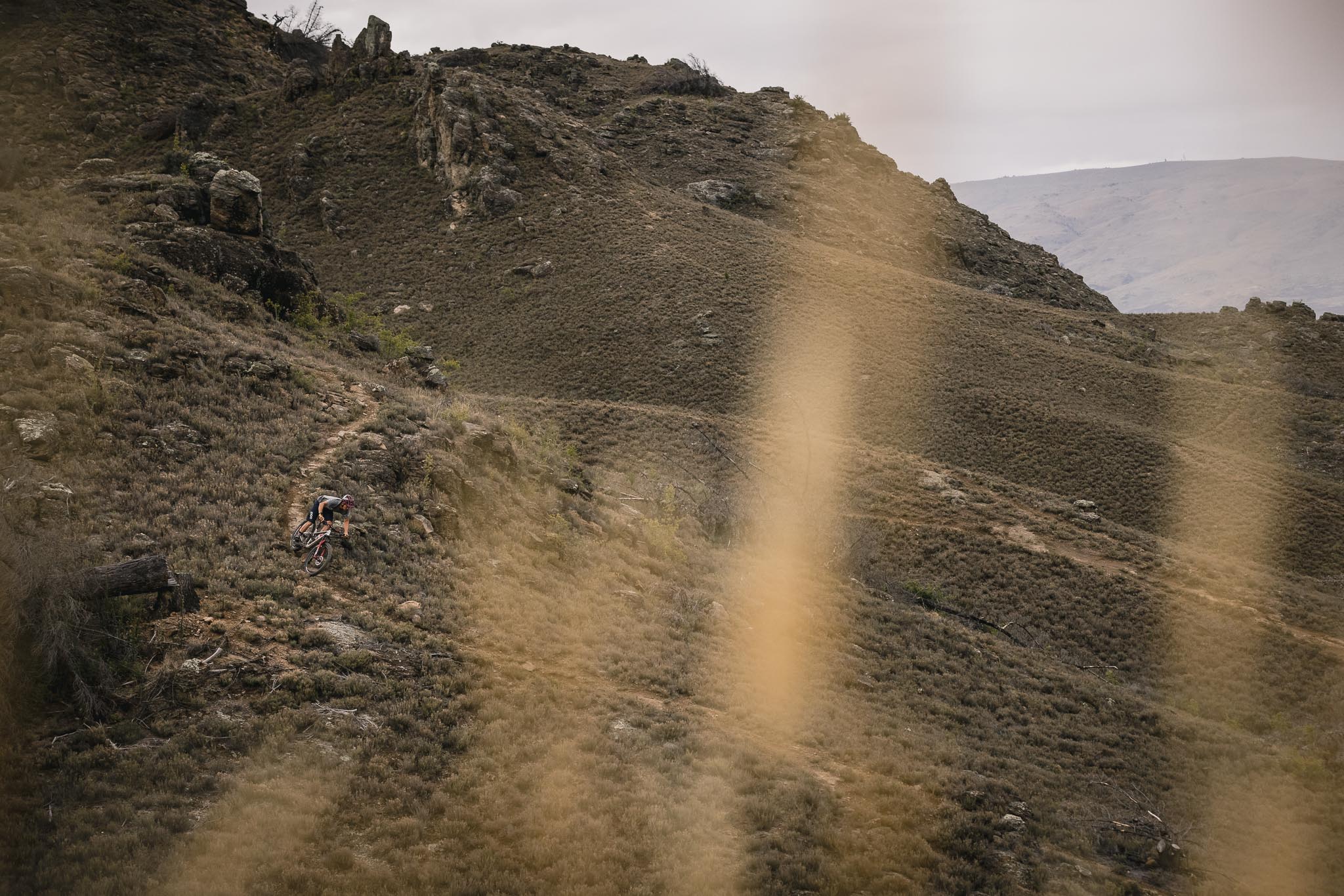
What to expect: Alex is a mixture of smooth, fast trails, interspersed with rocky and at times janky trails. To let first time riders know where they need to go, the local mountain bike club have put pink dots on the rocks to guide you. These are handy, as sometimes a sharp turn is required to stop you riding off the edge of a big rock.
What bike: A longer travel bike is a good idea if you want to cut loose.
When to go: Fun fact about Alex, it’s both one of the hottest and coldest places in New Zealand. I’ve been on winter rides there where it’s been snowing, and it gets hot in summer with almost no shade on the trails. I’d recommend the shoulder seasons or getting out early or late in summer.
Can I shuttle?: Maitangi Station haven’t announced shuttle options at the time of writing this article, but I imagine it’ll be something they’ll offer as there’s convenient shuttle pick up and drop off points to access the best descending trails. The Linger and Die downhill track in Clyde is shuttleable, but it’s probably best done in a 4WD and not a rental.
AMB’s favourite trail: It’s a tough call between the fast and flowing Linger and Die DH track, and Hazard County at Maitangi Station. Hazard County probably inches the win with its unique rock armouring.
Best coffee: You can’t go past the Tin Goose Café on Centennial Avenue. Great food and coffee, and they’re open from 6am for an early pre-ride fuel up.
Best place for a beer: Ferris Road Brewery is a local craft brewery, and they’re big supporters of mountain biking in Alex. Great beer and delicious pizzas go down a treat post ride.
Don’t miss: If you’re up for it, scheduling time to ride in both Alex and Clyde is well worth it. Even on an XC bike, the Linger and Die DH track has enough line choice that you’ll be able to flow your way down, and the view from the top is worth the pedal alone.
Don’t forget: Water. While this may change with the opening of an official Bike Park at Maitangi Station, there isn’t any access to water when you’re out on the trails, so you’ll have to ride the whole way back into town if you run out.

